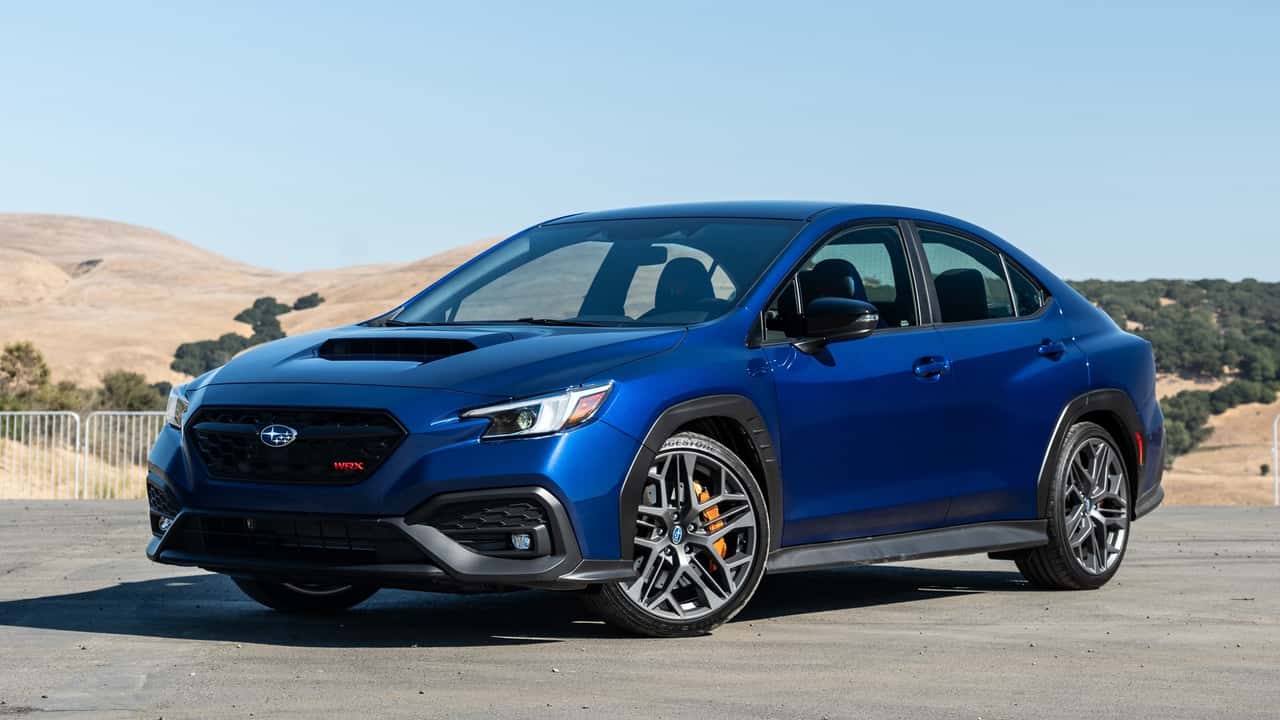
If you’re confused by Subaru’s sporty model nomenclature these days, we forgive you. Everybody knows the WRX—while mention of the letters S-T-I brings tears to the eye of any self-respecting Subaru enthusiast—the recent medley of GT, TR, and tS trims haven’t yet earned their place in the pantheon of performance acronyms.
Last year, the WRX TR appeared. Subaru took the seats and some other premium appointments from the WRX GT but made the TR available with the six-speed transmission previously only available on the lower WRX trims. Sprinkle in some slightly stiffer suspension and stickier tires and you had the TR. It was certainly good, but at the end of the day, it felt more like an options package reshuffle than something special in its own right.
Now, there’s another new WRX flavor, the curiously capitalized tS. Following on last year’s BRZ tS, the WRX tS is “Tuned by STI,” and while you could cynically say the small ‘T’ is a bit of a hint of how little actual tuning was done here compared to the full-fat STI of yore, you shouldn’t. The few changes applied here create a new version of the WRX that is not only tangibly better than the base car but actually goes a long way toward establishing itself as something memorable.
| Quick Specs | 2025 Subaru WRX tS |
| Engine | Turbocharged 2.4-Liter Four-Cylinder |
| Output | 271 Horsepower / 258 Pound-Feet |
| Transmission | Six-Speed Manual |
| Weight | 3,430 Pounds |
| Base Price | TBD |
So, what exactly is new with the tS? Compared to the base WRX, the tS offers adaptive dampers tuned by STI, thus earning the new moniker. It has six-piston front and two-piston rear brakes, much like those on the TR, but now the calipers are painted gold in another STI throwback. (Alas, though, no gold wheels.) And, there’s a configurable digital gauge cluster for the first time in a WRX.
Sprinkle on a few badges and a few other tweaks, and that’s about it. There are no engine upgrades, so you get the same 271 horsepower and 258 pound-feet of torque from the same 2.4-liter flat-four. It’s connected to the same six-speed manual, which itself is connected to the same series of differentials as on all the other manual WRXs.
That’s right, the tS still makes do with a viscous center differential, a decades-old, incredibly basic design that is still remarkably effective at providing a set, 50:50 torque split between front and rear wheels.
That differential sends power to a pair of wide-open differentials, one at the front and a second at the rear. That’s an underwhelming diff trio on paper, mitigated by dynamic braking on all four corners that automatically slows any wheel that starts to slip excessively. I’d hate to think about how quickly you’d smoke your brakes were you to engage in any extended, low-grip racing of the sort that made the WRX famous, but on dry roads and race tracks, this system is remarkably effective.
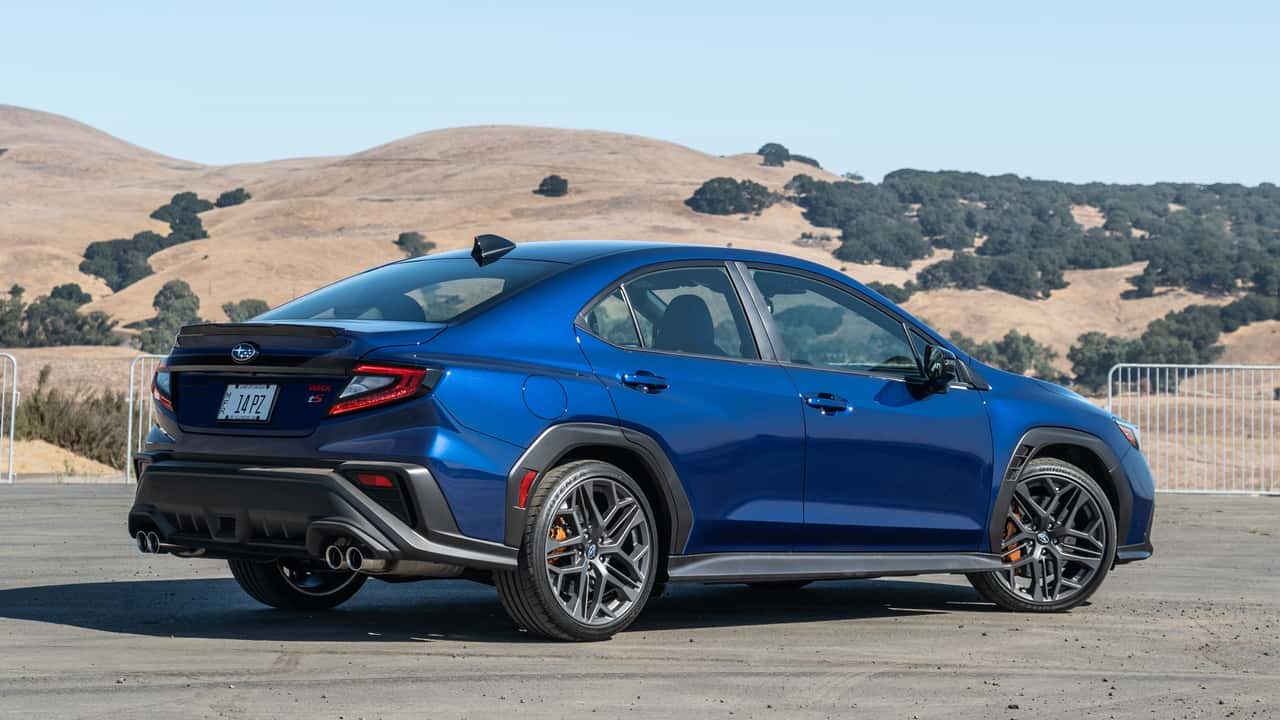 Tim Stevens / Motor1
Tim Stevens / Motor1
It’s made even more effective by Subaru’s brake vectoring system, which helps the WRX feel more nimble than it should when you’re doing a bit of trail braking through the apex. And, even when charging over trackside curbing to dramatically unweight the inside tires, the car’s power delivery stayed clean and consistent.
But, again, all of that is shared with the bare-bones WRX. The biggest change here is in the suspension, and I am pleased to report that this is more than your typical increase in spring rate and compression. The tS sits on a new set of adaptive dampers configured to offer three settings: Comfort, Normal, and Sport.
Those are factored into a set of five drive modes: Comfort, Normal, Sport, Sport Plus, and Individual. Through these, the suspension gradually gets stiffer, the throttle curve sharper, and the steering feel firmer. Even EyeSight gets more aggressive. Subaru’s active safety suite, which as of last year now provides adaptive cruise control even with a manual transmission, will accelerate more aggressively as you toggle your way up through the various modes.
There’s nothing particularly novel about any of that, but this is the first Subaru I’ve ever driven that so radically changes its character throughout its drive modes. In Comfort, the car isn’t soft by any means, but it has a genuinely excellent ride, with plenty of compliance. Over a delightfully narrow, twisty, and broken road in Northern California, the WRX tS in Comfort stayed planted without being punishing.
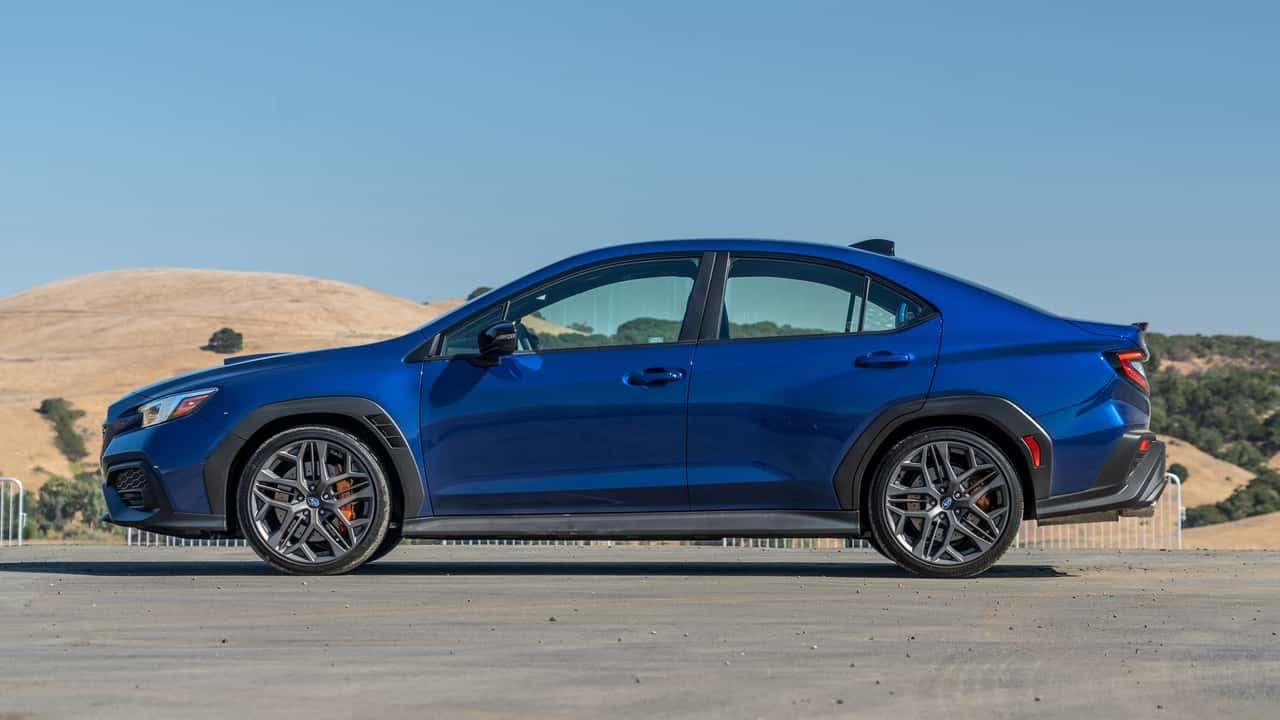 Tim Stevens / Motor1
Tim Stevens / Motor1
Pros: Excellent Adaptive Suspension, Solid Six-Speed, Track-Ready Seats
When I dialed the car up to its stiffest setting, you could definitely feel those bumps through the cabin, but as I got more comfortable with the car and increased speed, the suspension really came into its own. Even when I hit an unexpected bump hiding in a shadow that launched me a little higher over a crest than I was expecting, the WRX was completely unflustered, staying true to its line with the inherent stability that’s always been its hallmark.
Things were even more calm and measured on the smooth, freshly resurfaced Sonoma Raceway. With numerous corners falling away after corner apex and many walls waiting just beyond, this track punishes understeering cars. And, yes, the WRX tS does still have some inherent understeer baked in, but it was still a delight to throw through the turns, even getting tail-happy through Sonoma’s esses, but staying easy to reign back in when I asked a little too much of those 245/35 R19 Bridgestone Potenza S007 tires.
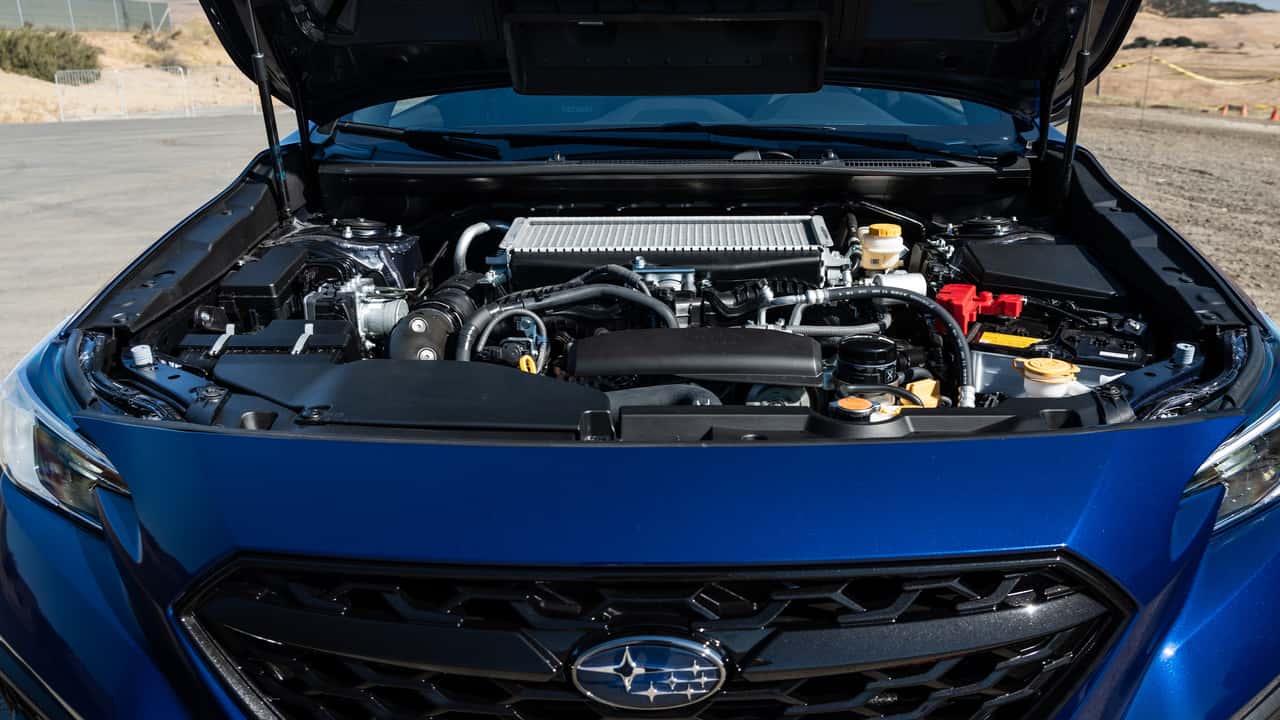
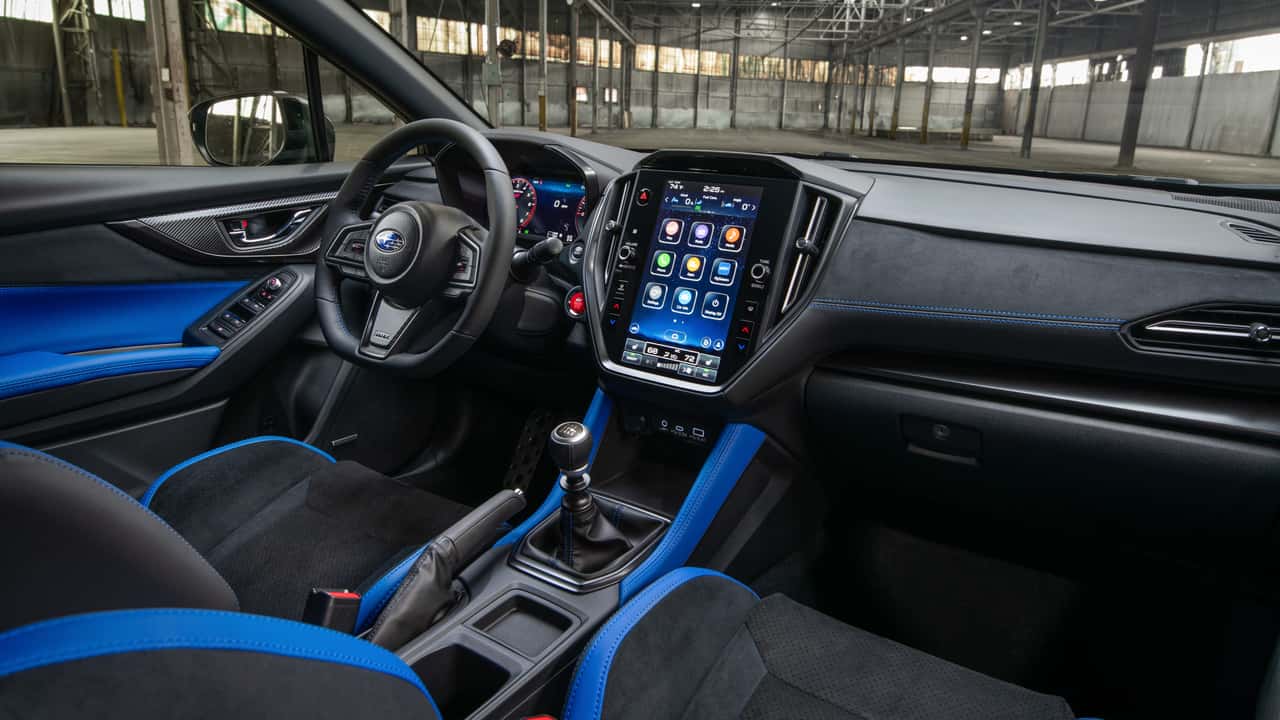 Subaru
Subaru 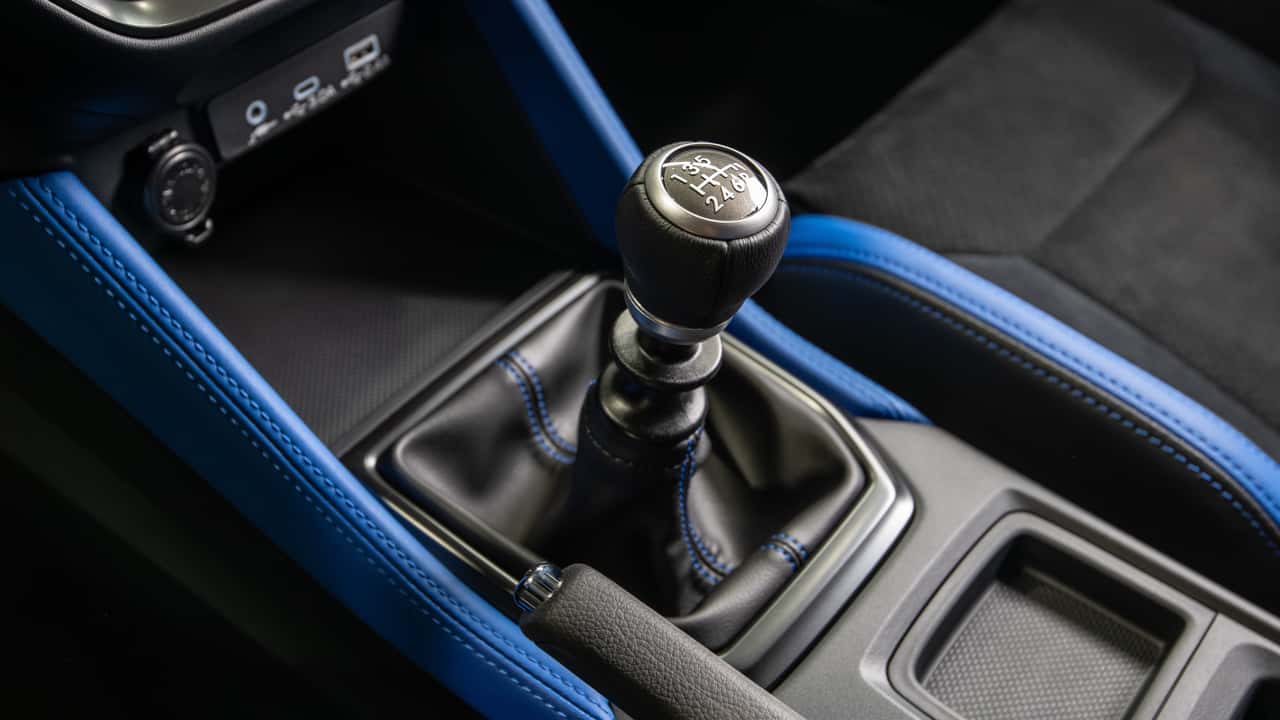 Subaru
Subaru
The six-speed manual transmission is predictably good. Its character will be eminently familiar to anyone who’s driven a Subaru with a six-speed any time over the past, oh, 20 years, but in those decades, Subaru has been subtly improving the feel of the thing to a point where it’s among my favorite manuals on the road right now.
But there are other aspects I’m not so fond of. Seemingly in response to constant complaints about the WRX’s lack of steering feel, Subaru tuned the tS to have far less steering assist. The result is a wheel that still lacks feedback but is now harder to turn. Thankfully, when creating your custom drive mode, you can leave the steering on Comfort.
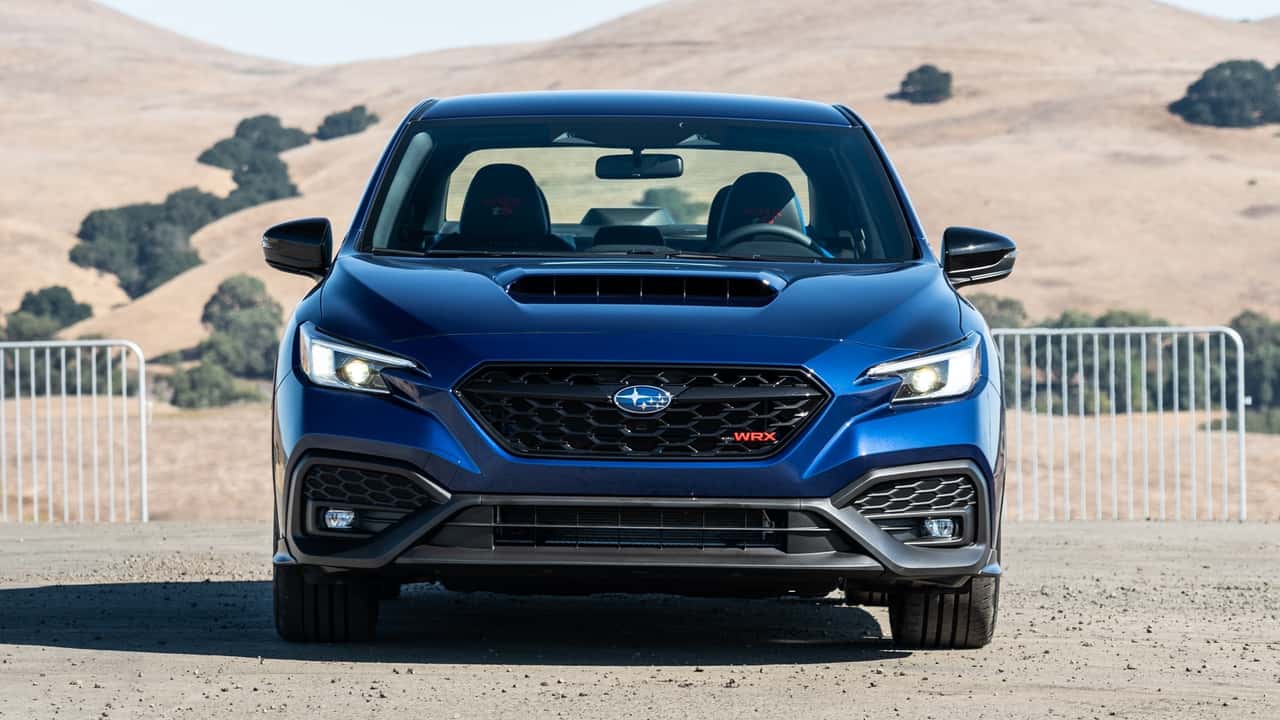 Tim Stevens / Motor1
Tim Stevens / Motor1
Cons: Disappointing Differentials, Too-Quiet Exhaust
The power delivery on the now-familiar 2.4-liter is still quite laggy, too, taking an age to spin up to its maximum rated boost of 12 psi. The sharper throttle curve in the tS definitely helps, but still, you’ll have to plant your foot on the accelerator far ahead of the apex.
There’s a good bit of road noise on rough asphalt, too, but on smoother roads, the WRX tS is respectably quiet. At highway speeds, there’s none of the obnoxious wind noise that the previously big-winged and giant-scooped STIs were known to cause.
The engine is also quiet. In fact, perhaps a bit too quiet. While the exhaust has a good tone from outside the car, on the inside it’s hard to hear. I kept bouncing off the 6,000 rpm rev limiter on the track due to the lack of feedback.
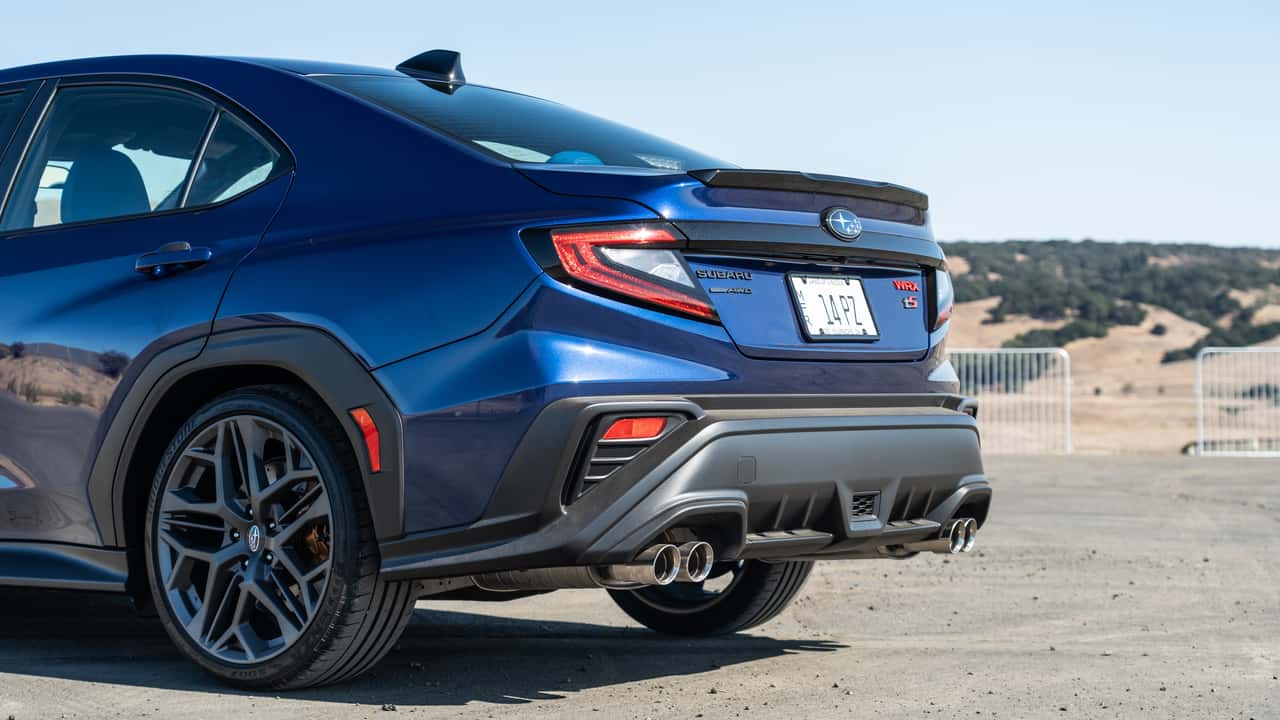 Tim Stevens / Motor1
Tim Stevens / Motor1 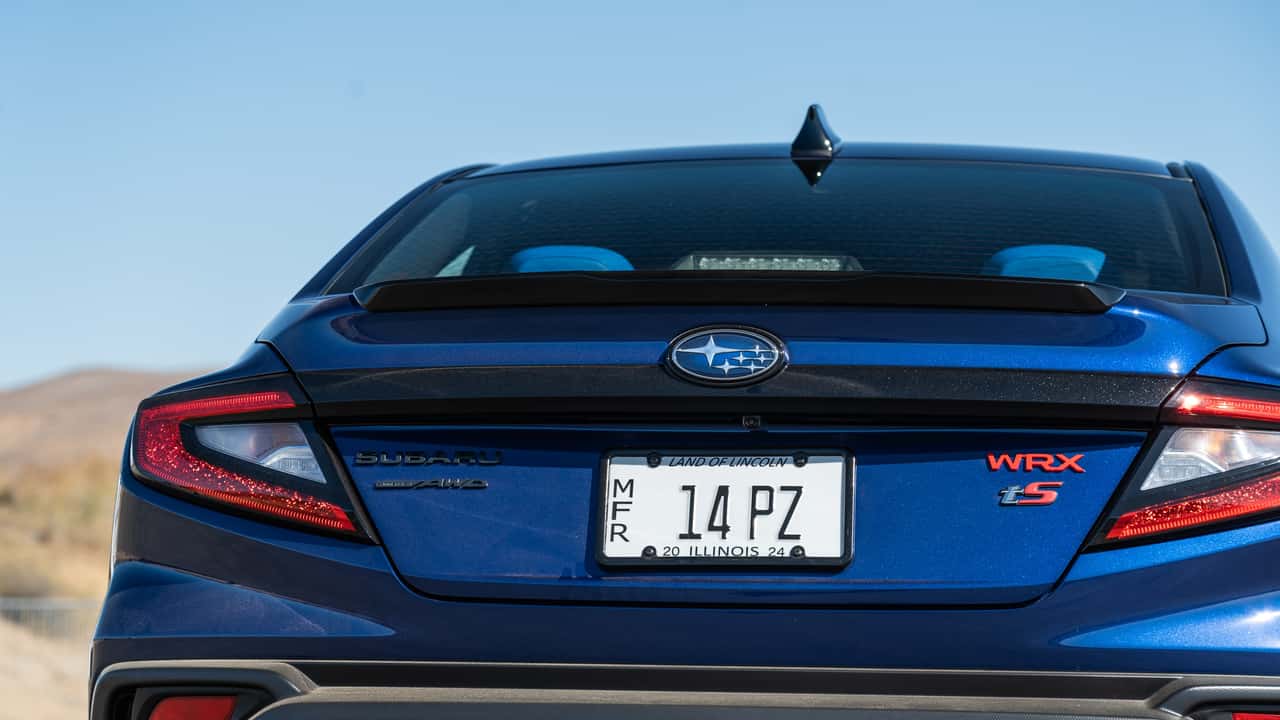 Tim Stevens / Motor1
Tim Stevens / Motor1
So it’s hushed enough to be a good cruiser, and despite how aggressive they look, those aggressively bolstered seats are quite comfortable. I’m just not a fan of the lurid blue highlights. It’s too much on a blue car, and the faux carbon fiber on the door cards continues to look cheap, but otherwise, the interior is nicely appointed, with just enough microsuede patches and emblems to ensure you know you’re in something other than a base WRX.
But you don’t need the cherry blossom pink logos and start button to figure that out. You just need a quick blast over the bumpiest, twistiest road you can find.
No, this isn’t an STI, and it surely doesn’t reach the heights of earlier special editions like the S209 or Type RA, but this is the first trim on the VB WRX that genuinely felt special to drive. Okay, it’s nowhere near as engaging as a Toyota GR Corolla, but the tS is far more comfortable and I’d argue even more practical for the day-to-day. It’s good to have choices.
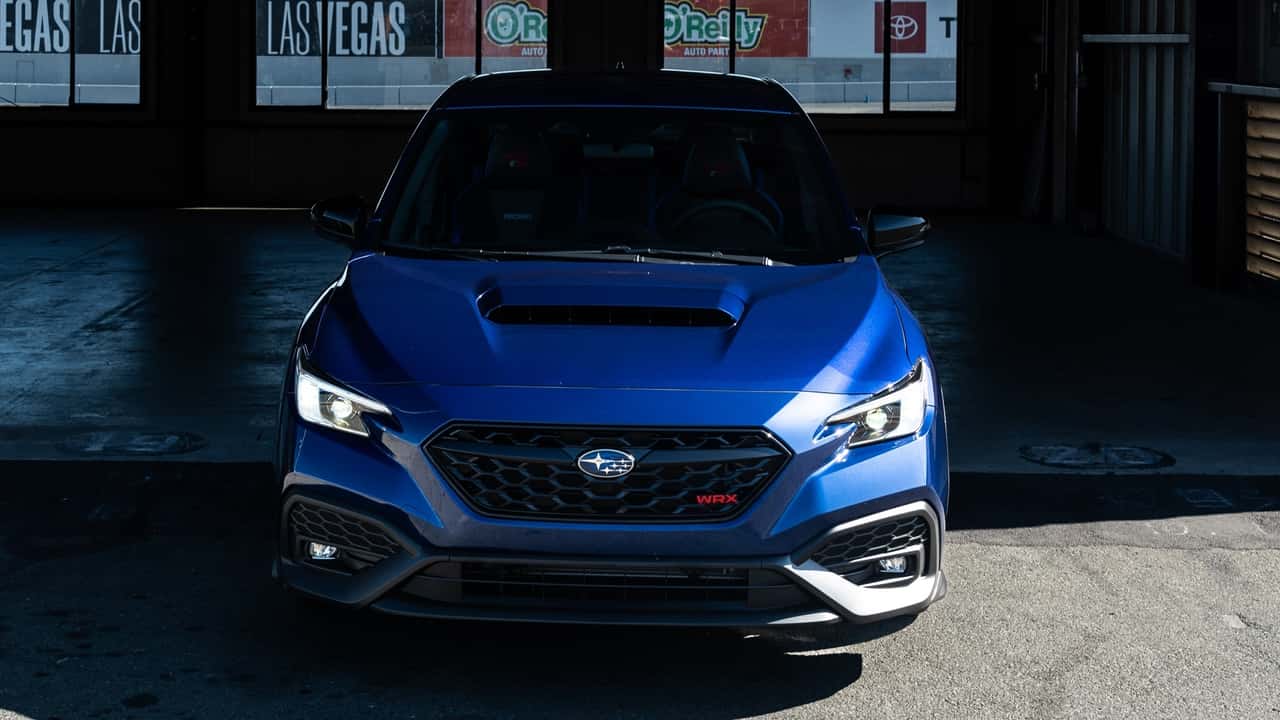 Tim Stevens / Motor1
Tim Stevens / Motor1
The only question is: How much will Subaru charge for their option? The WRX TR costs $41,655, and while we don’t know what the MSRP on the tS will be when it hits dealers early next year, you can be sure it’ll be higher. That seems like a lot, considering a base WRX starts at $32,735, and the last STI cost $37,245 new in 2021. But don’t forget about that pesky inflation.
I bought the first WRX that came to the United States in 2002. MSRP on that was right around $24,000. Adjusted for inflation, that’s about $43,000 in today’s dollars, which shouldn’t be too far from where the tS lands. Considering the endless upgrades here over 2002’s basic bugeye, the tS feels like a bargain.
Competitors
Honda Civic Type R Toyota GR Corolla Volkswagen Golf R
Competitor Reviews
2023 Honda Civic Type R Review: Rip-Roaring Riot
2023 Toyota GR Corolla First Drive Review: Better Than Good, GReat
Get the best news, reviews, columns, and more delivered straight to your inbox, daily. Sign up For more information, read our
Privacy Policy and Terms of Use.
| 2025 Subaru WRX tS | |
| Engine | Turbocharged 2.4-Liter Four-Cylinder |
| Output | 271 Horsepower / 258 Pound-Feet |
| Transmission | Six-Speed Manual |
| Drive Type | All-Wheel Drive |
| Speed 0-60 MPH | 6.0 Seconds (est.) |
| Weight | 3,430 Pounds |
| Seating Capacity | 5 |
| Cargo Volume | 12.5 Cubic Feet |
| Base Price | TBD |
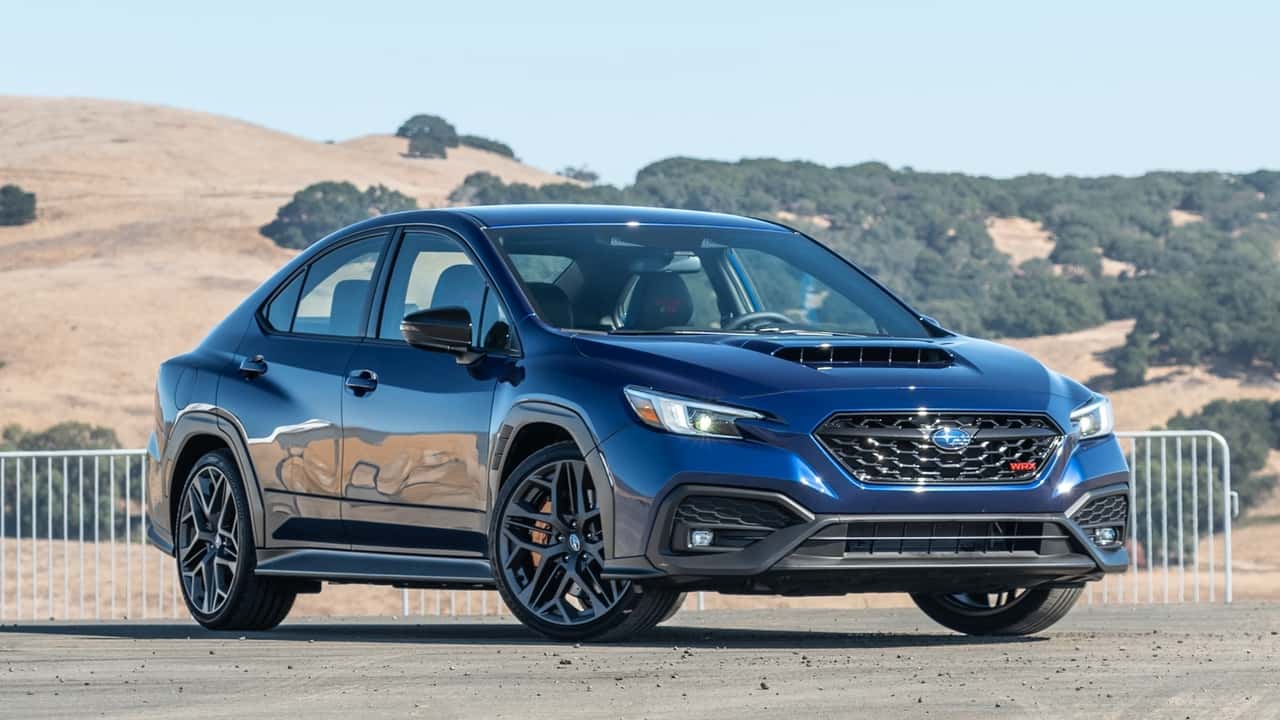
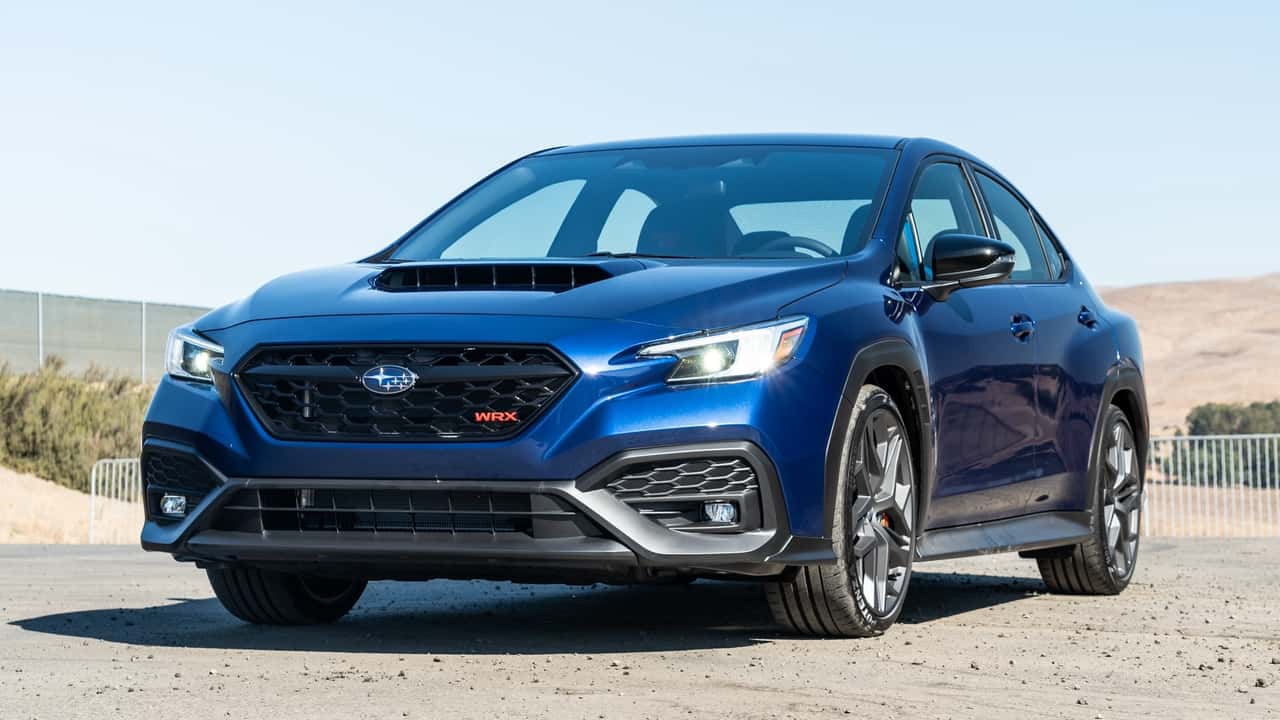
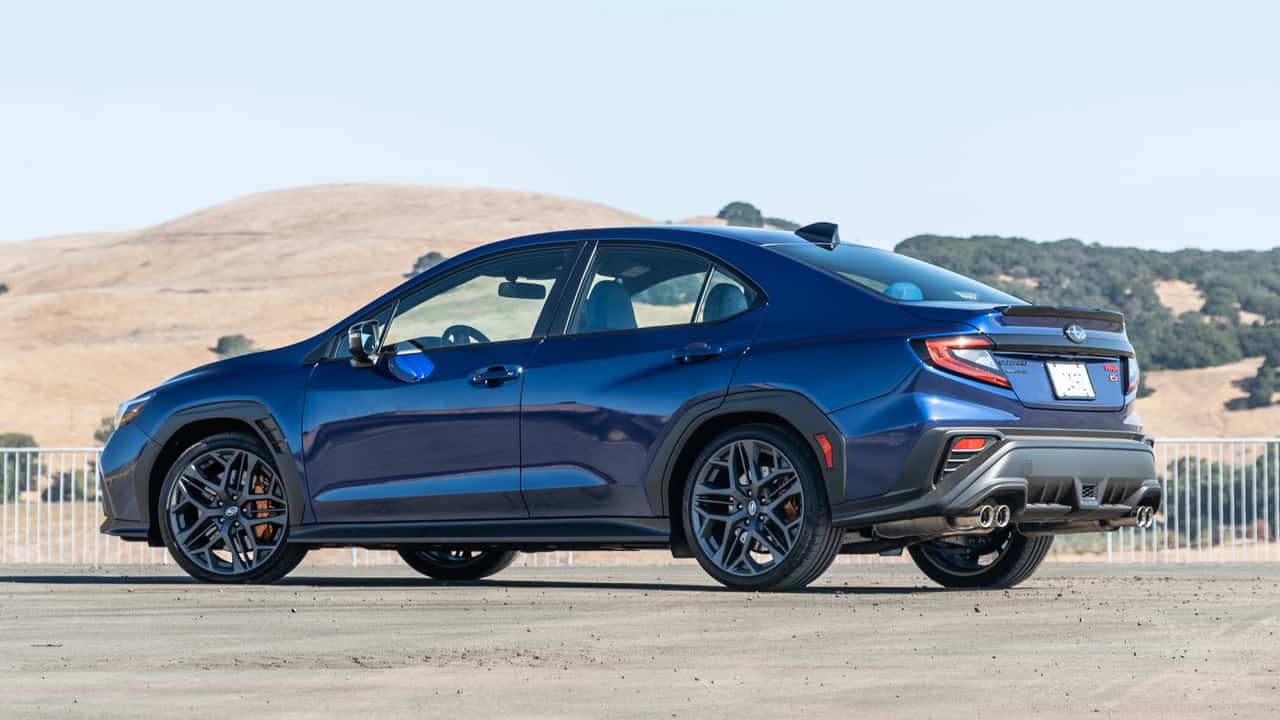
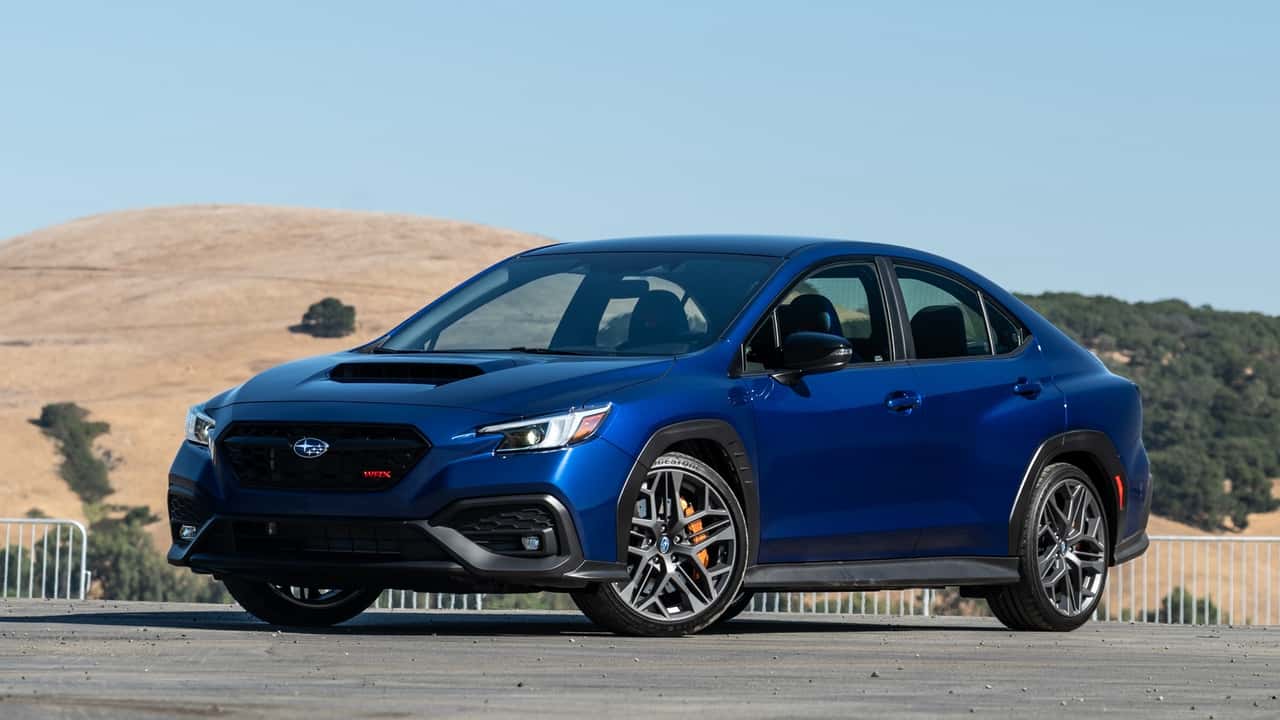
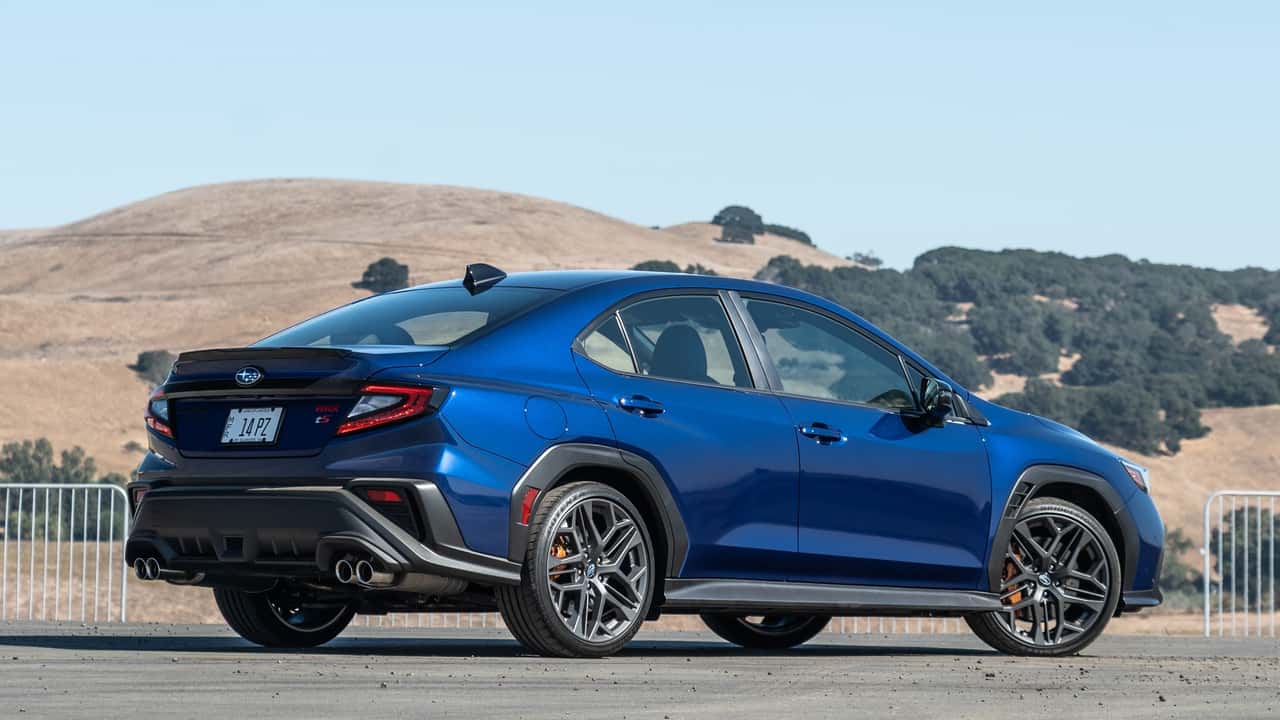
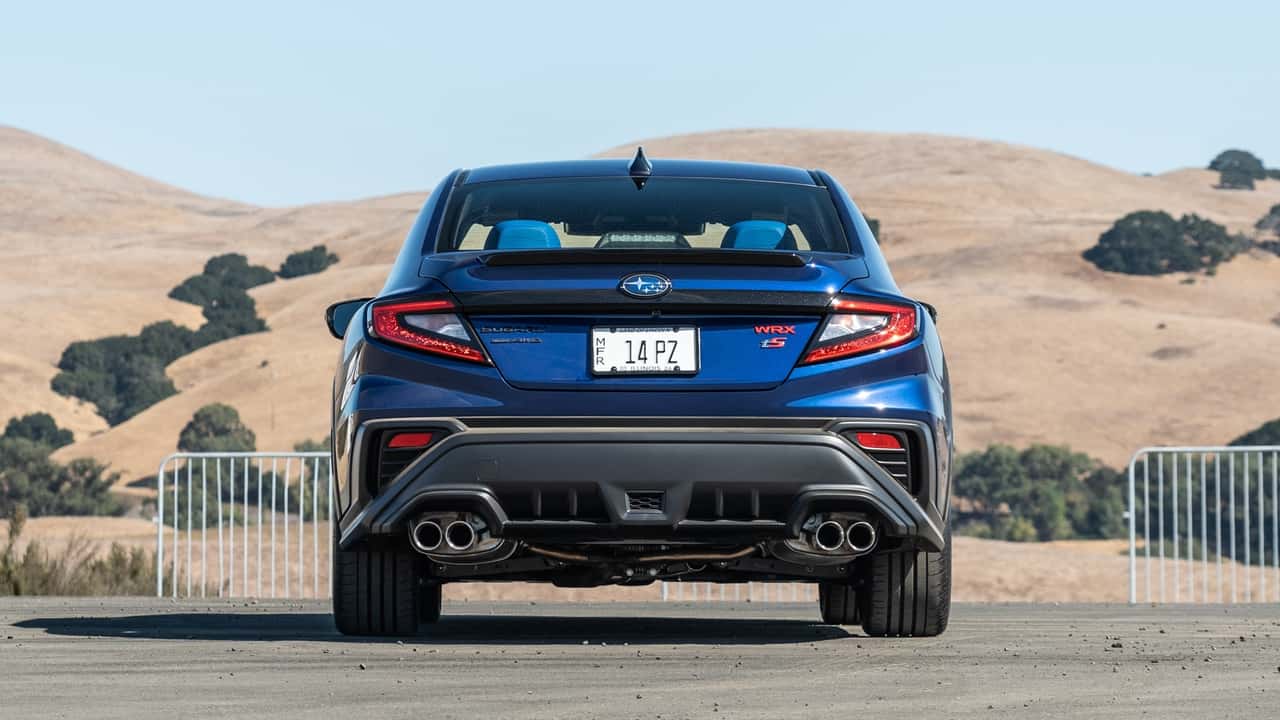
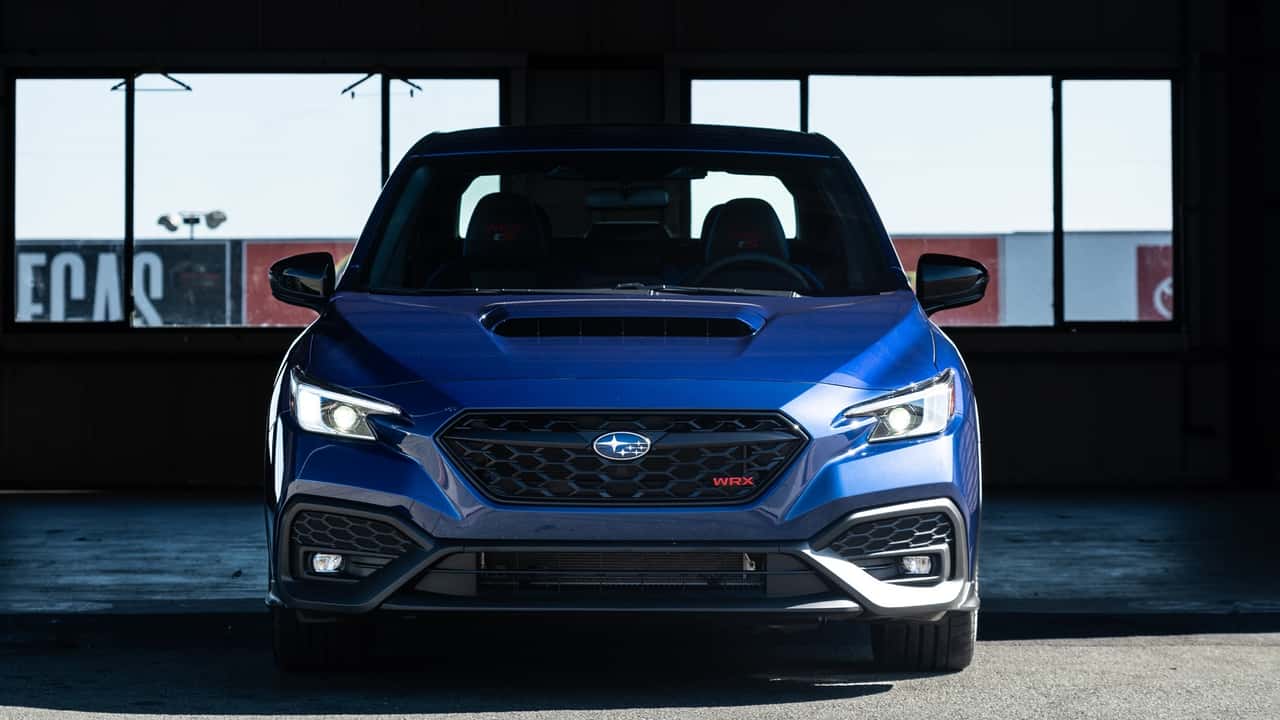
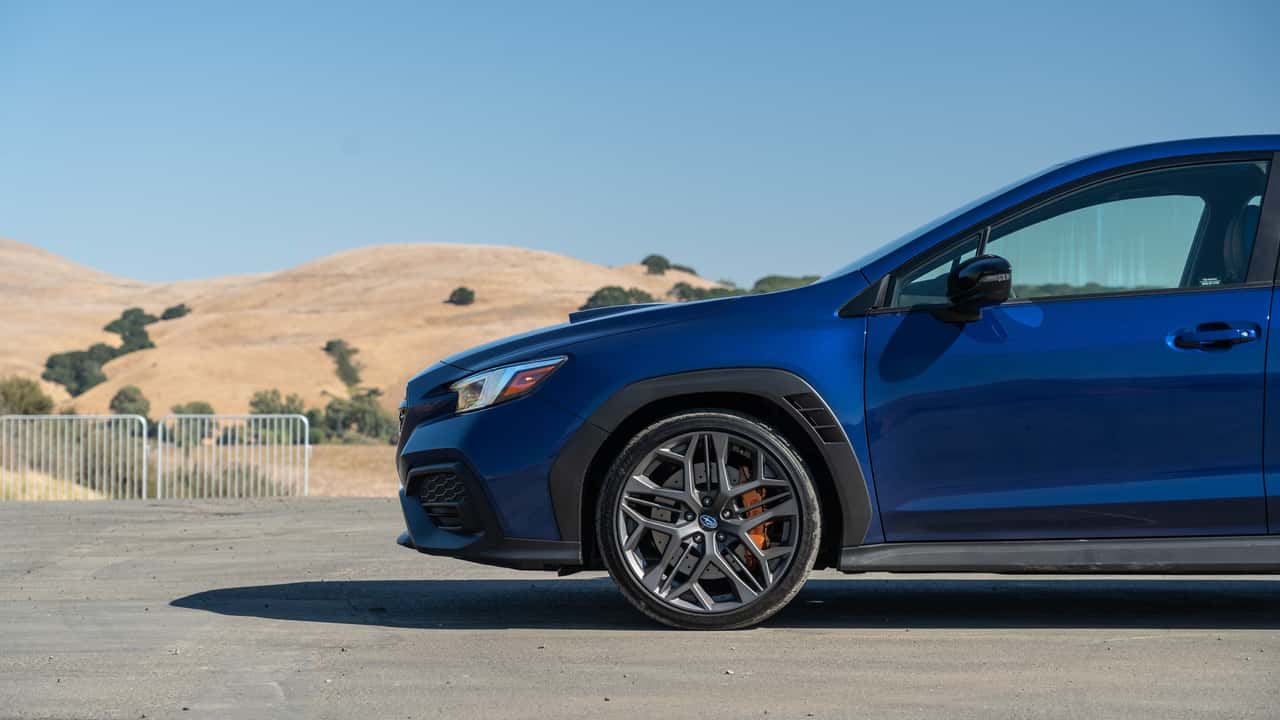
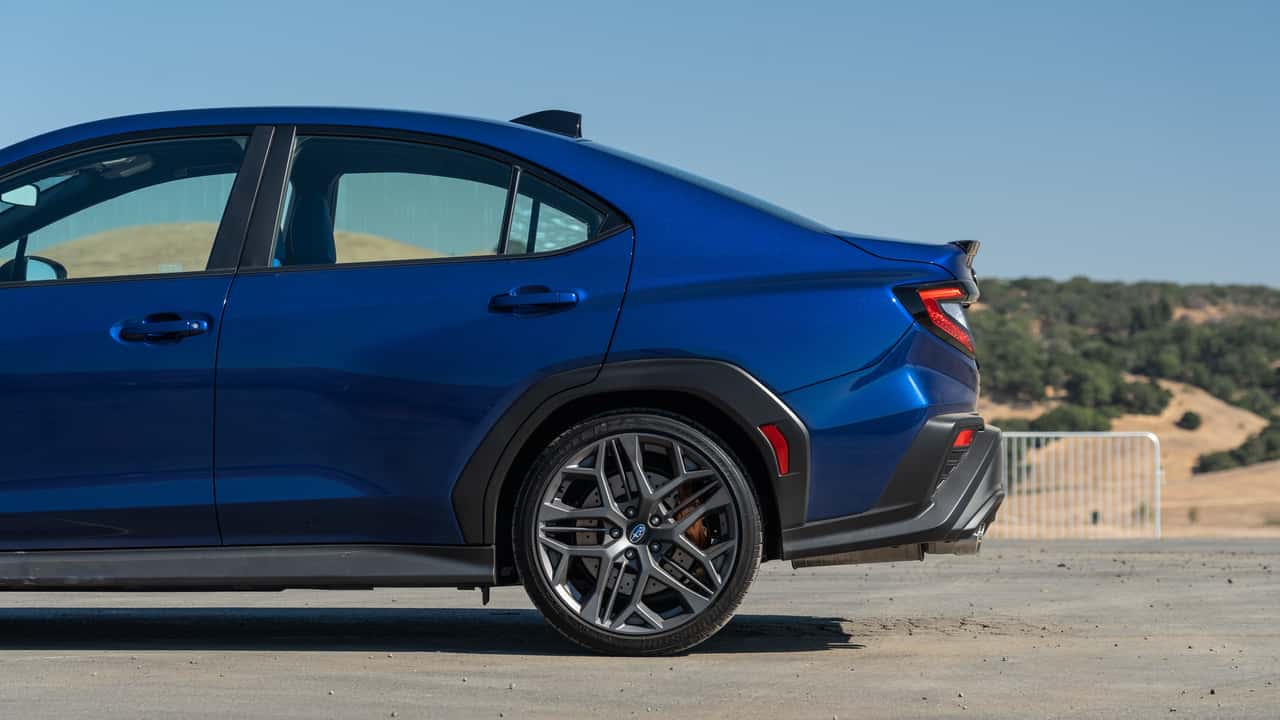
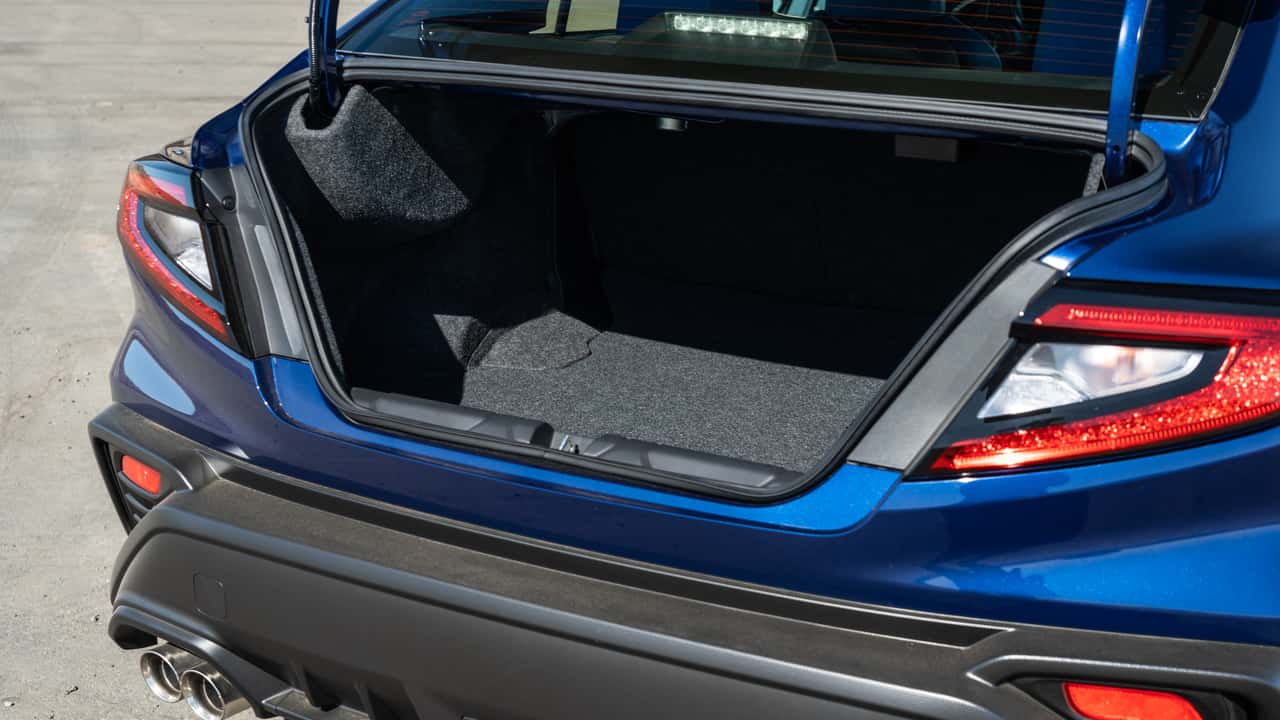
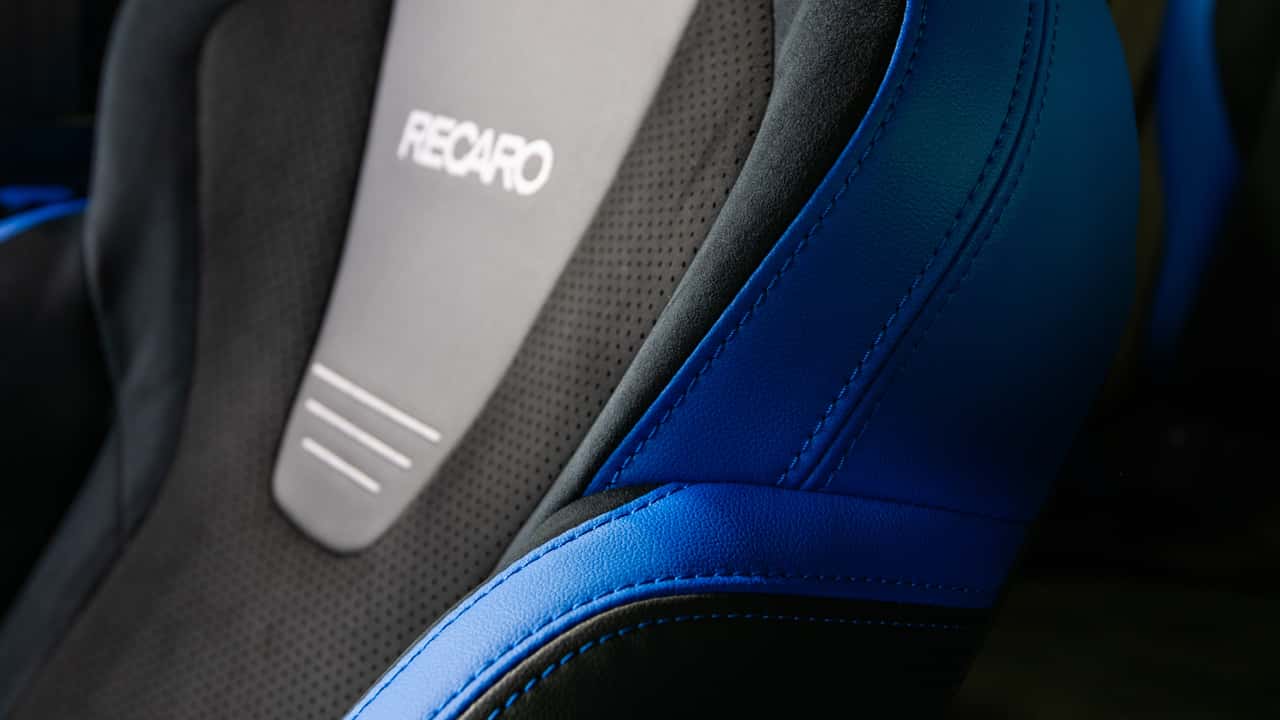
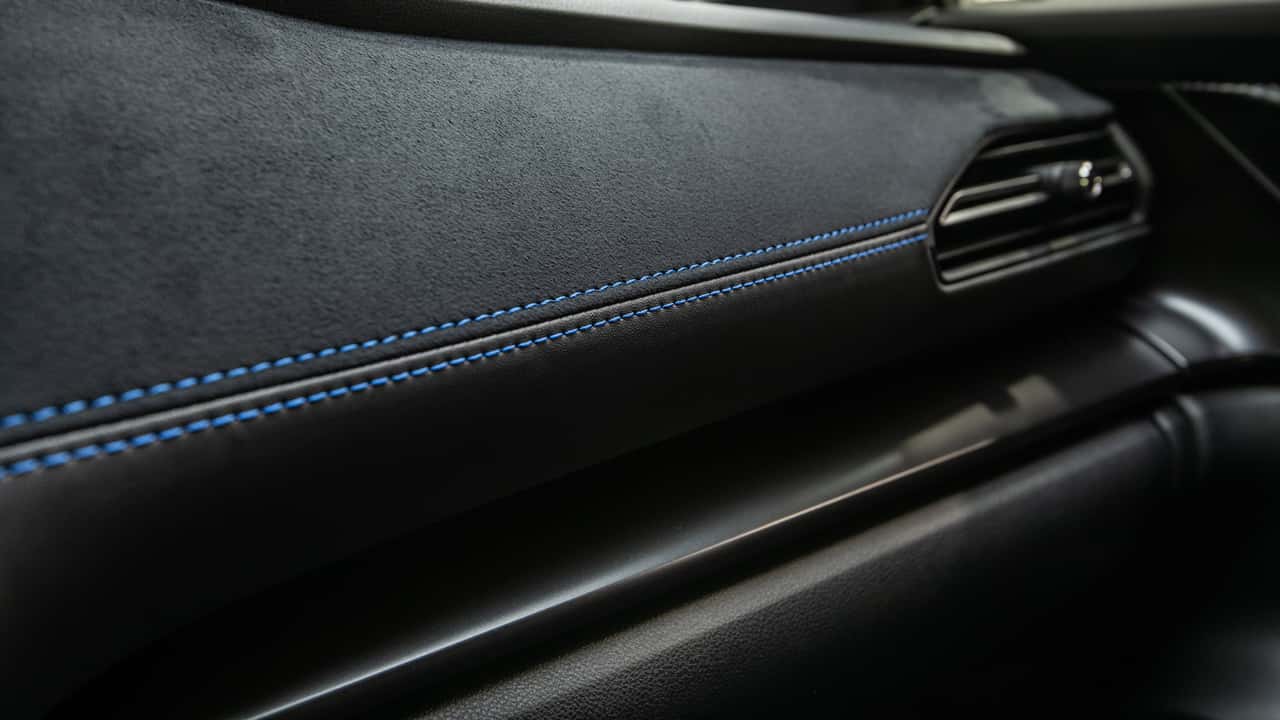

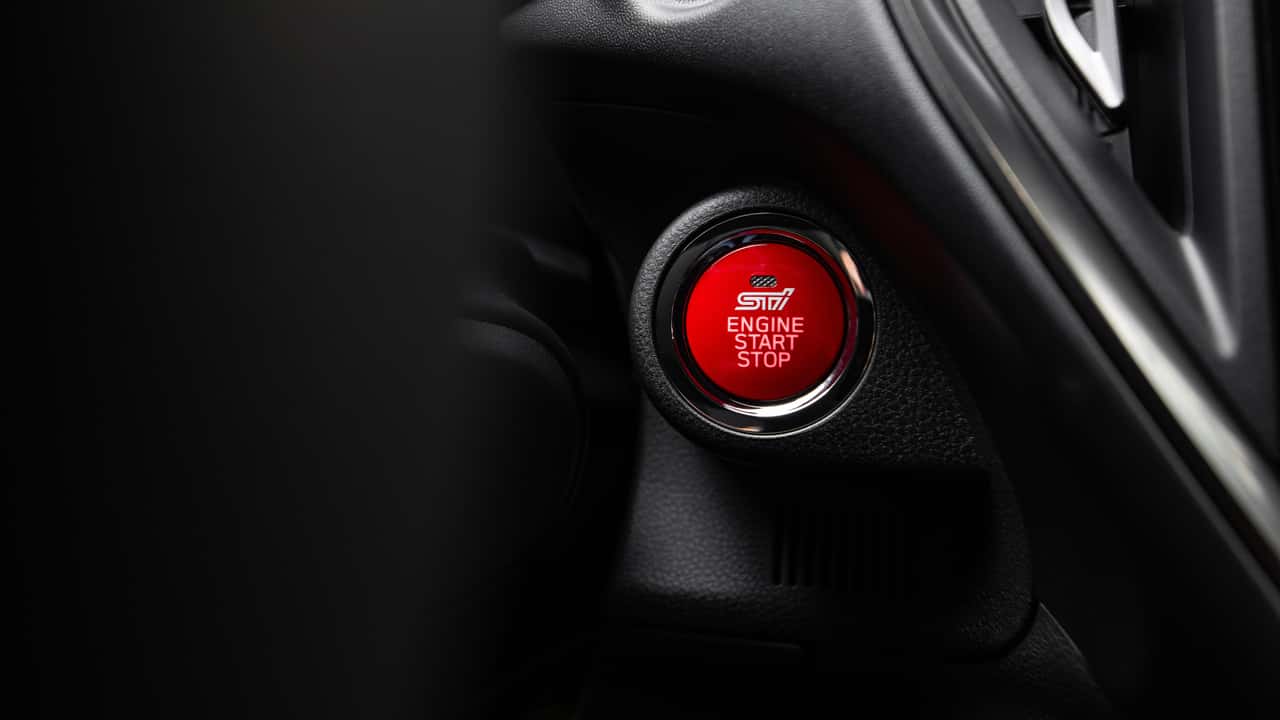
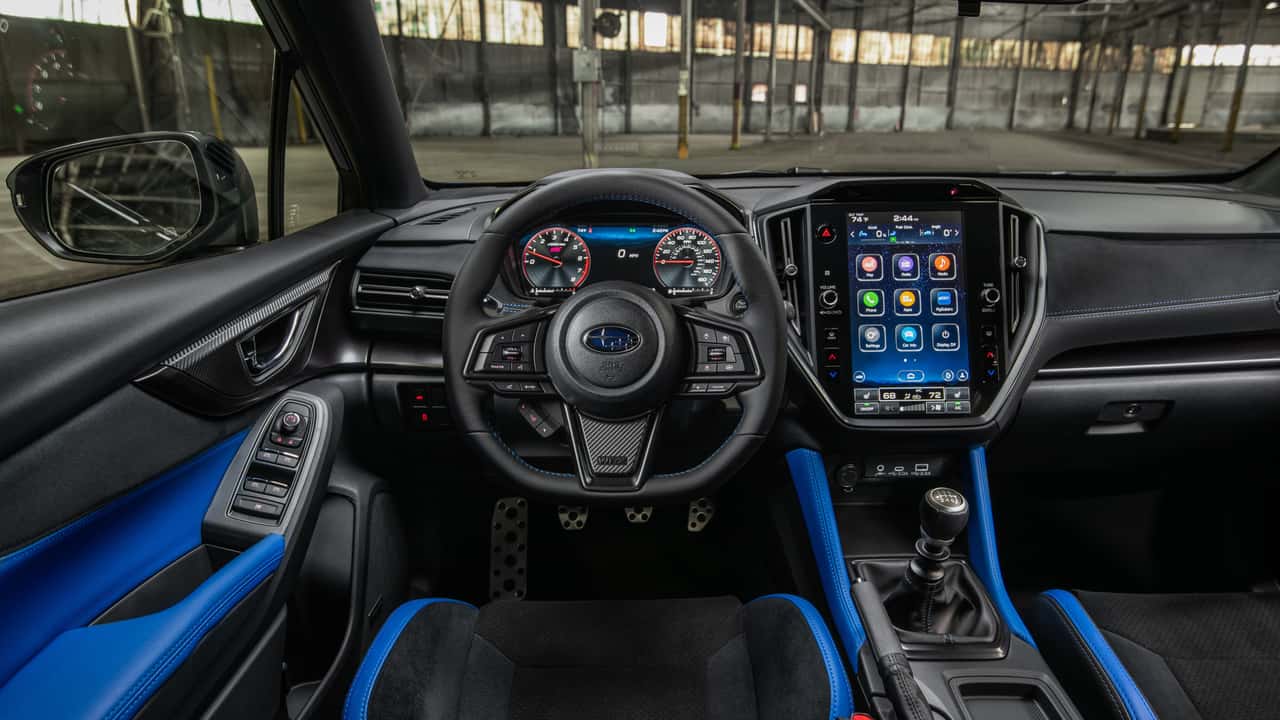

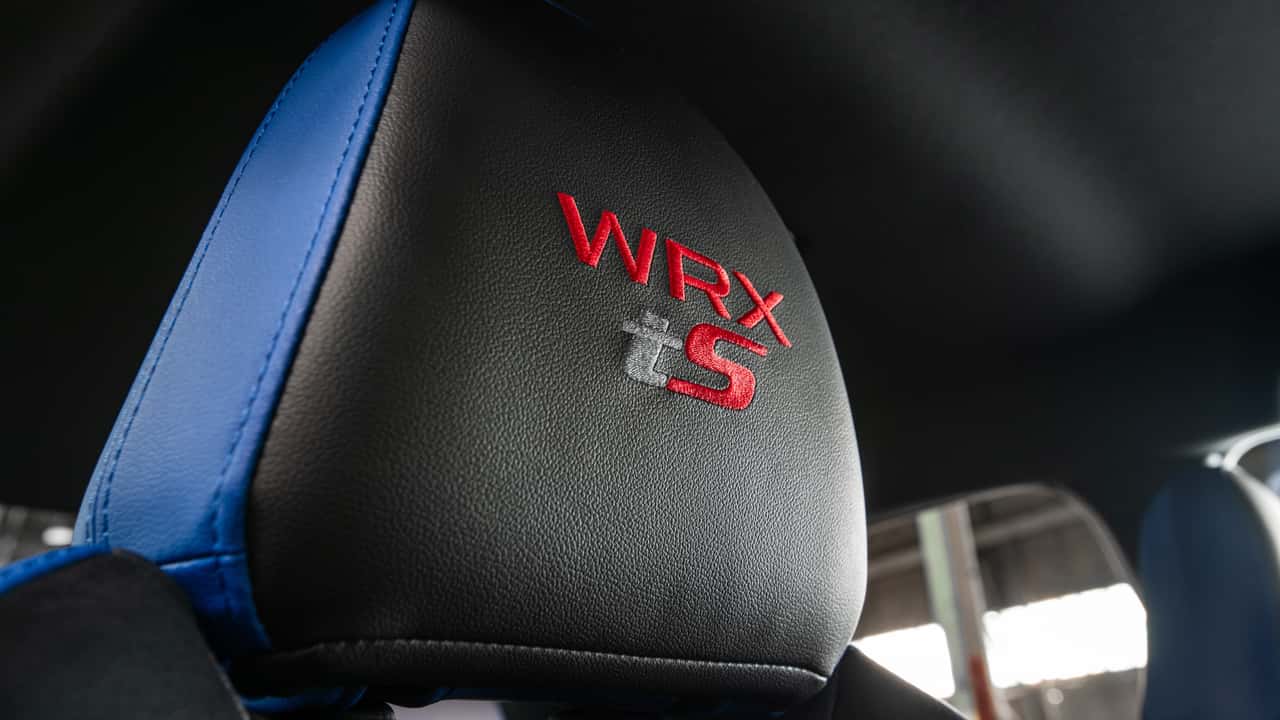
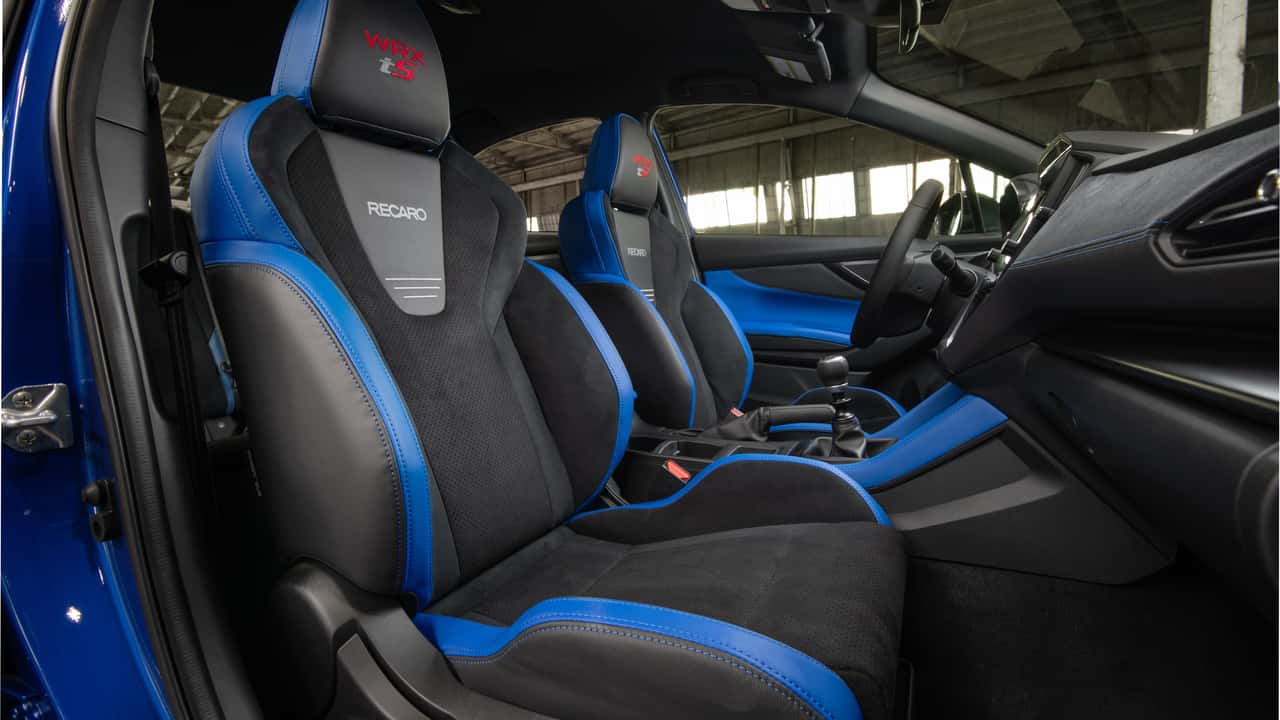

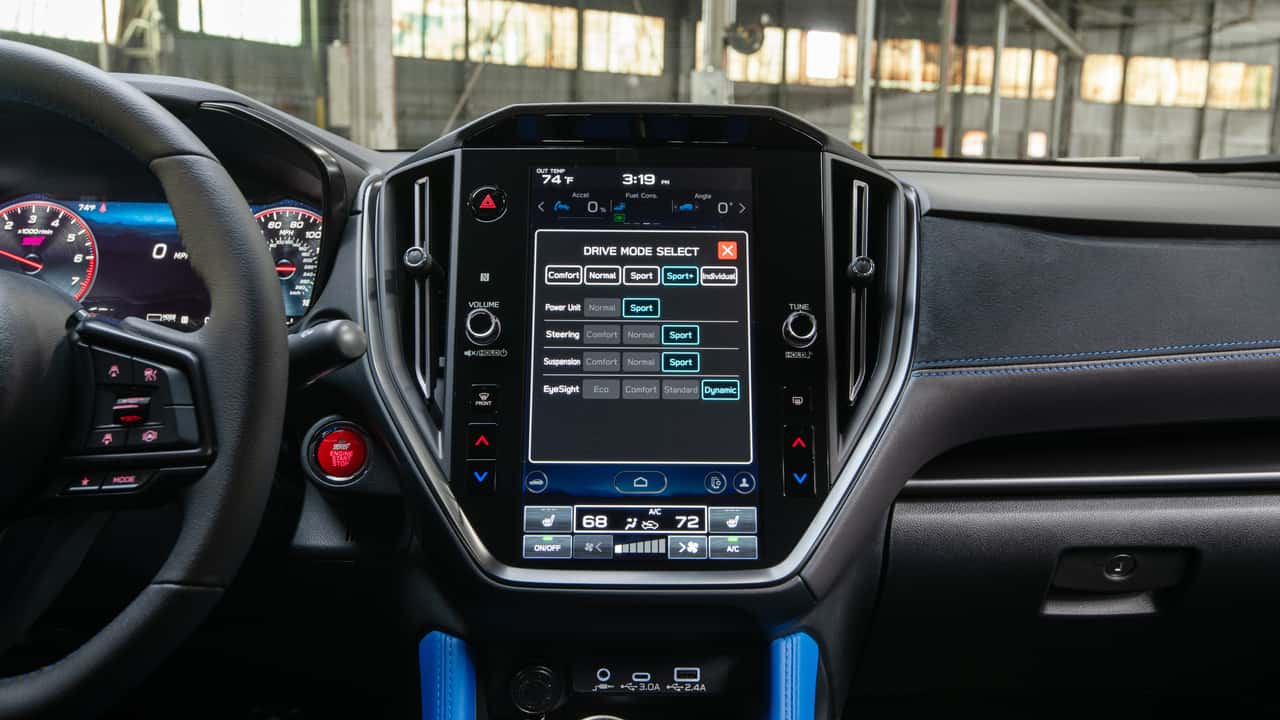
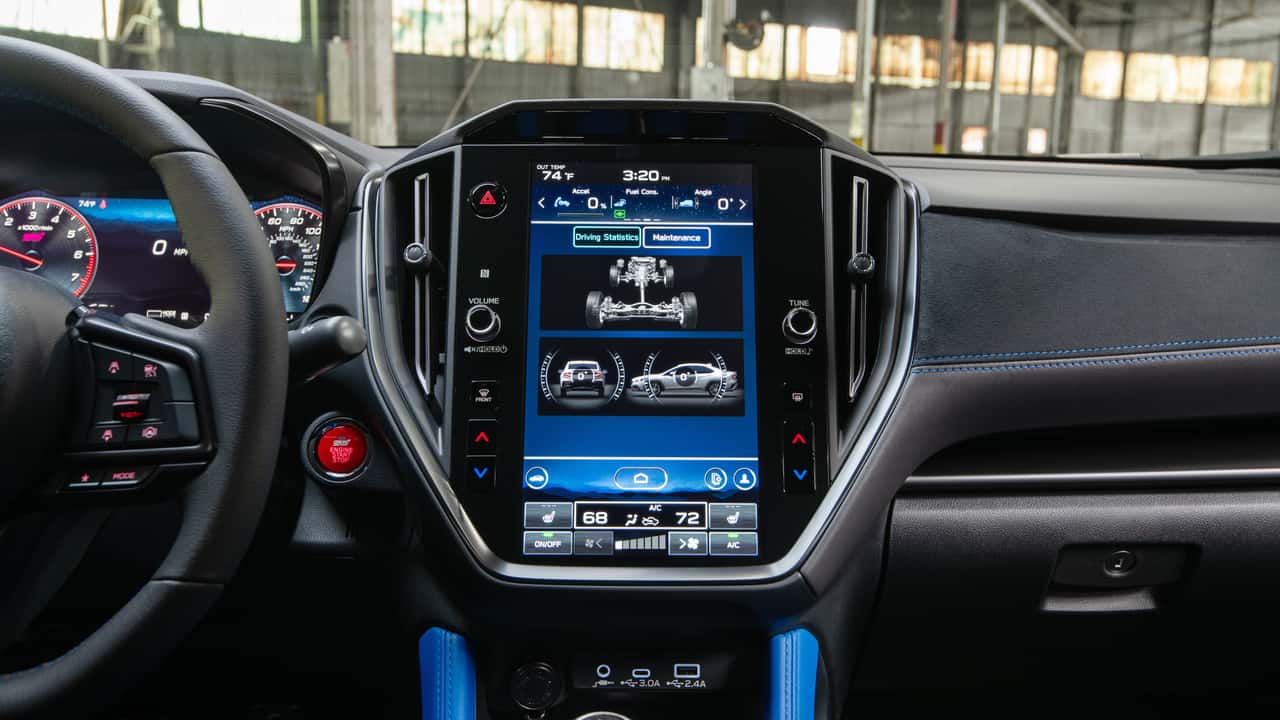
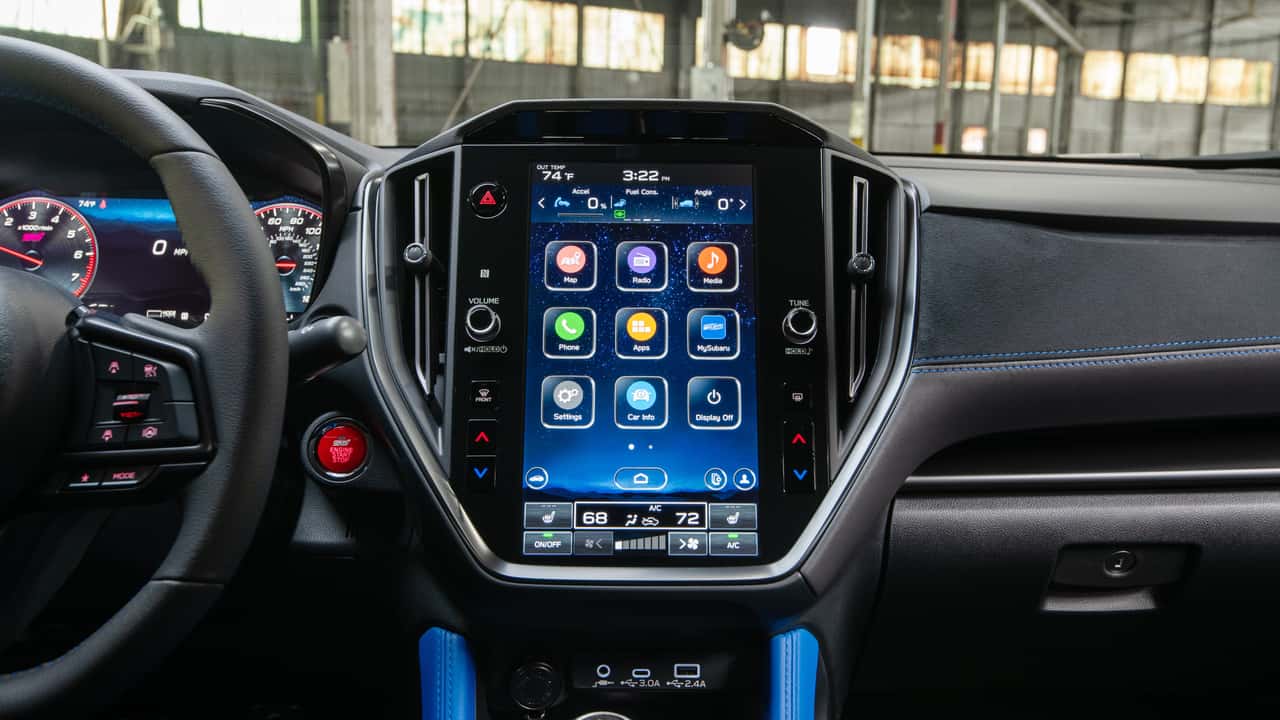

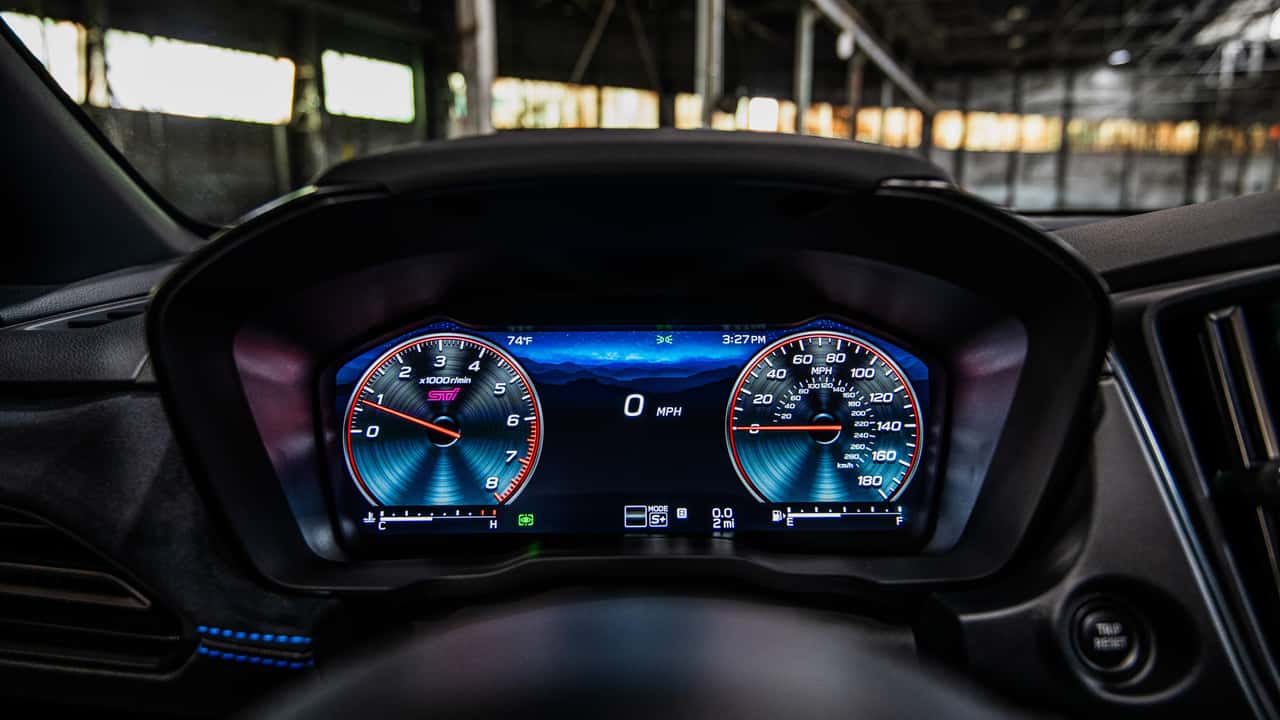
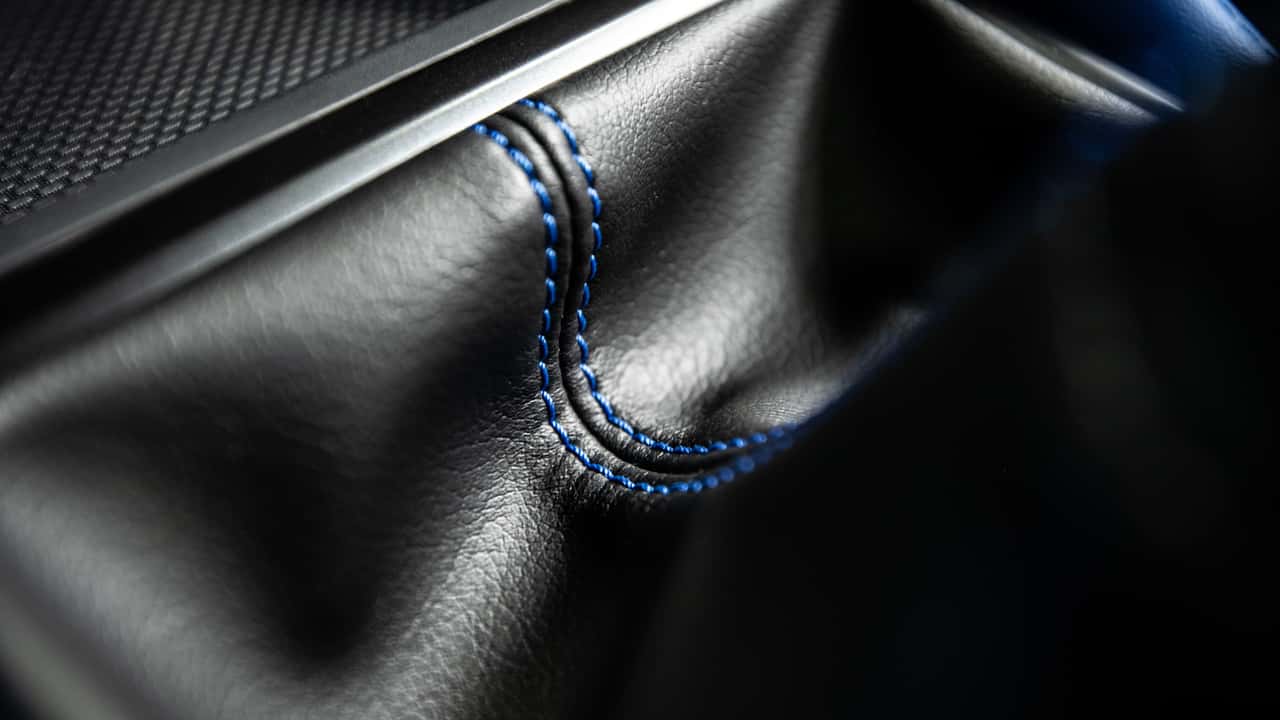
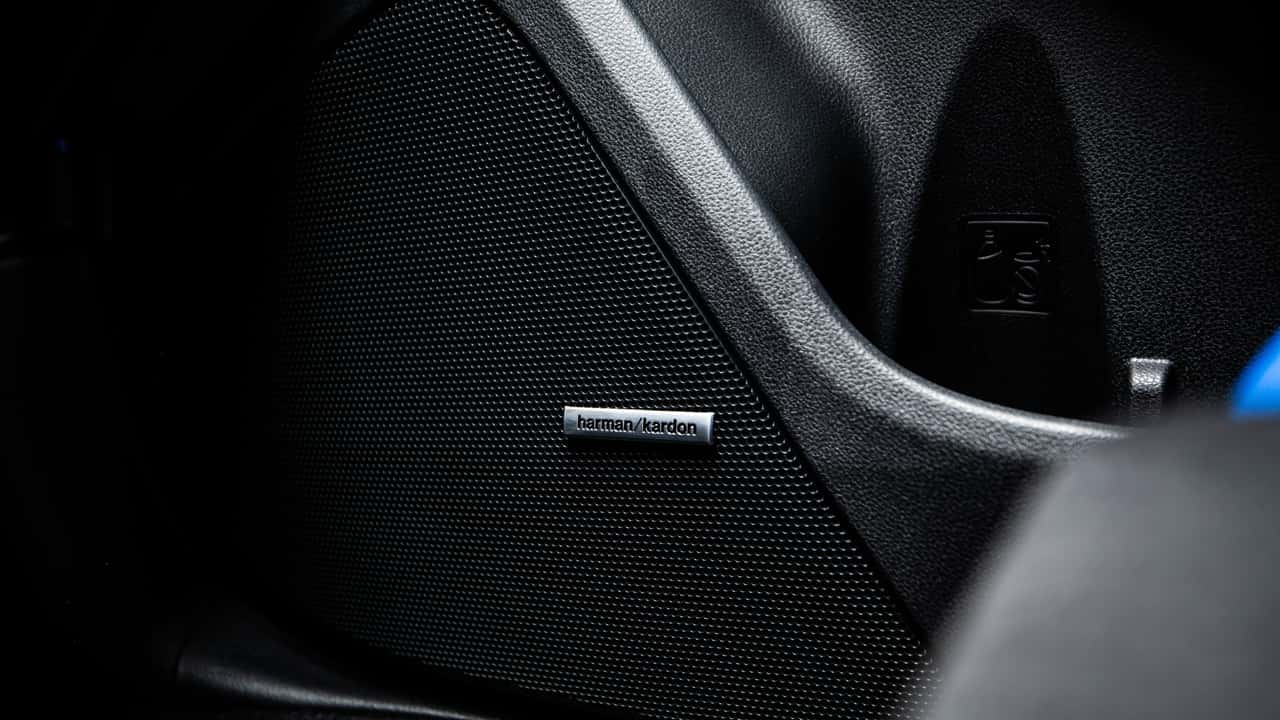

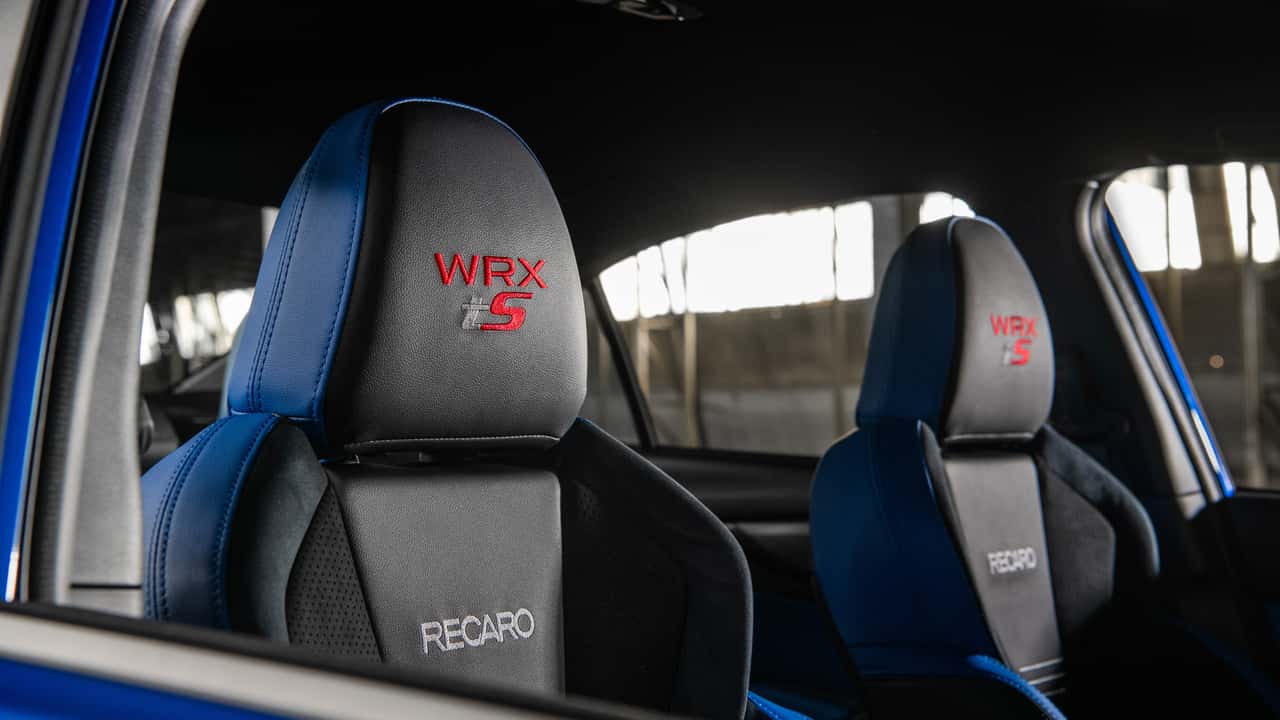
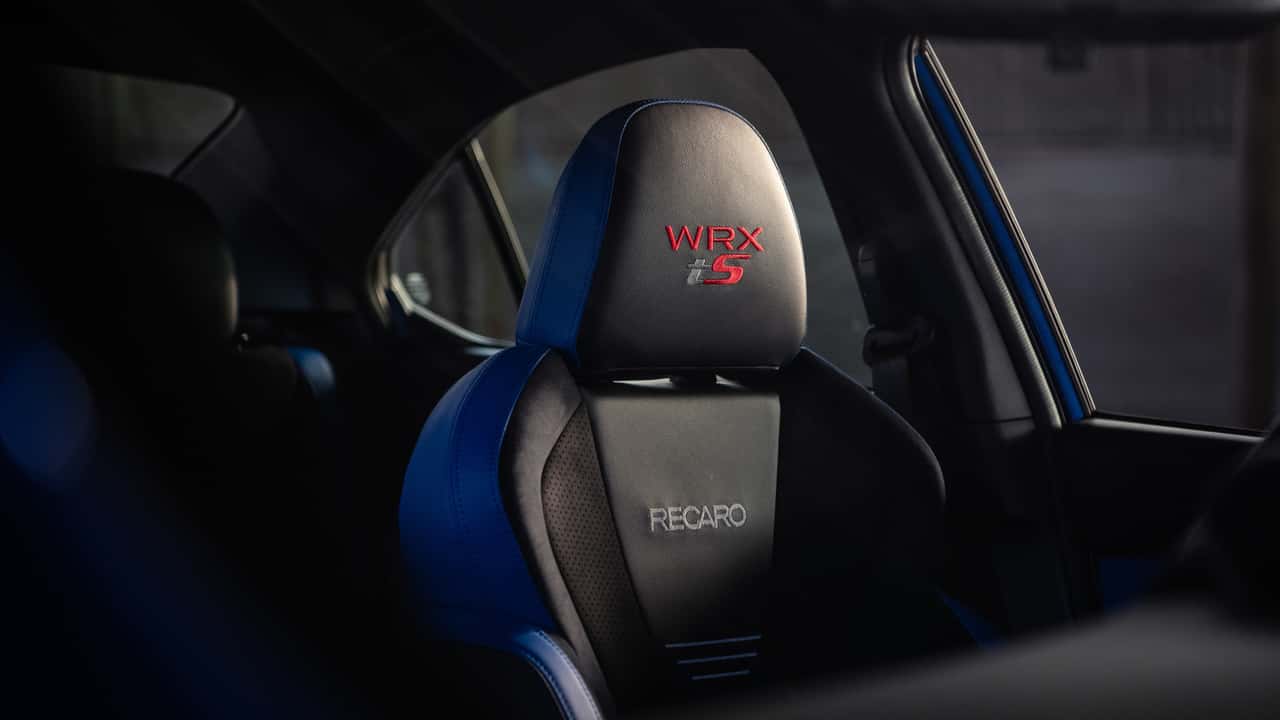
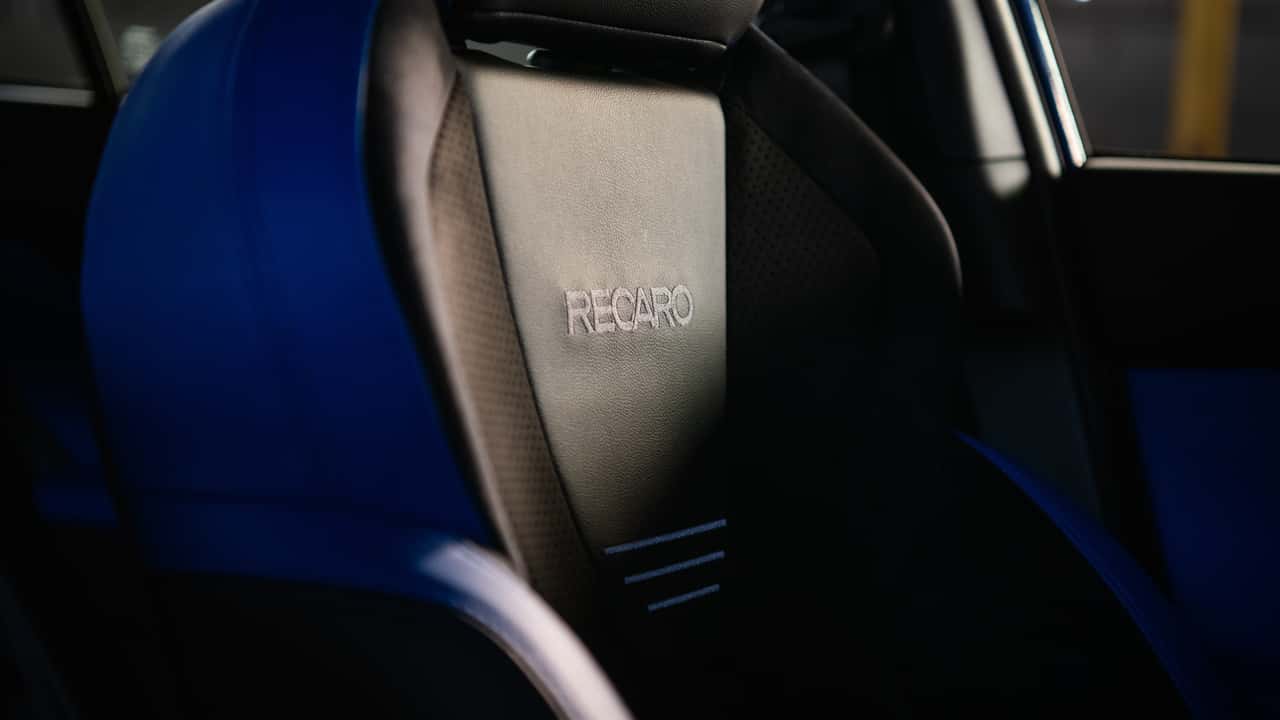

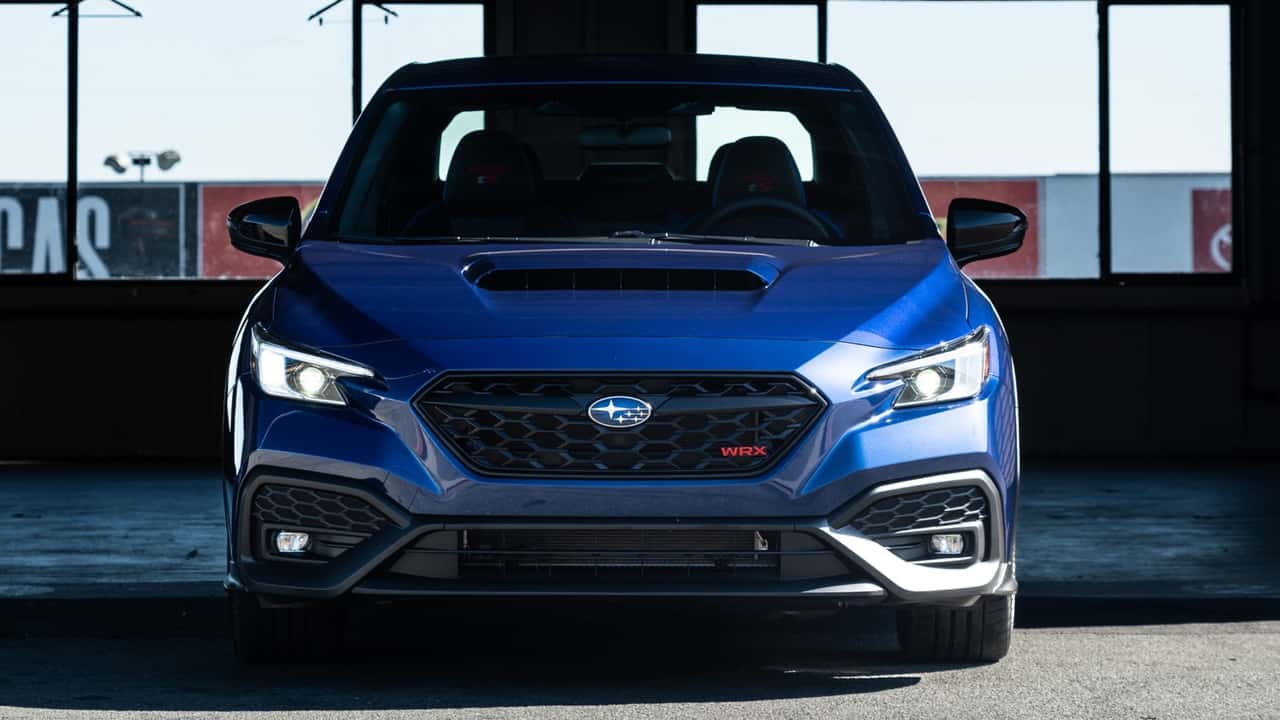
Write Reviews
Leave a Comment
No Comments & Reviews